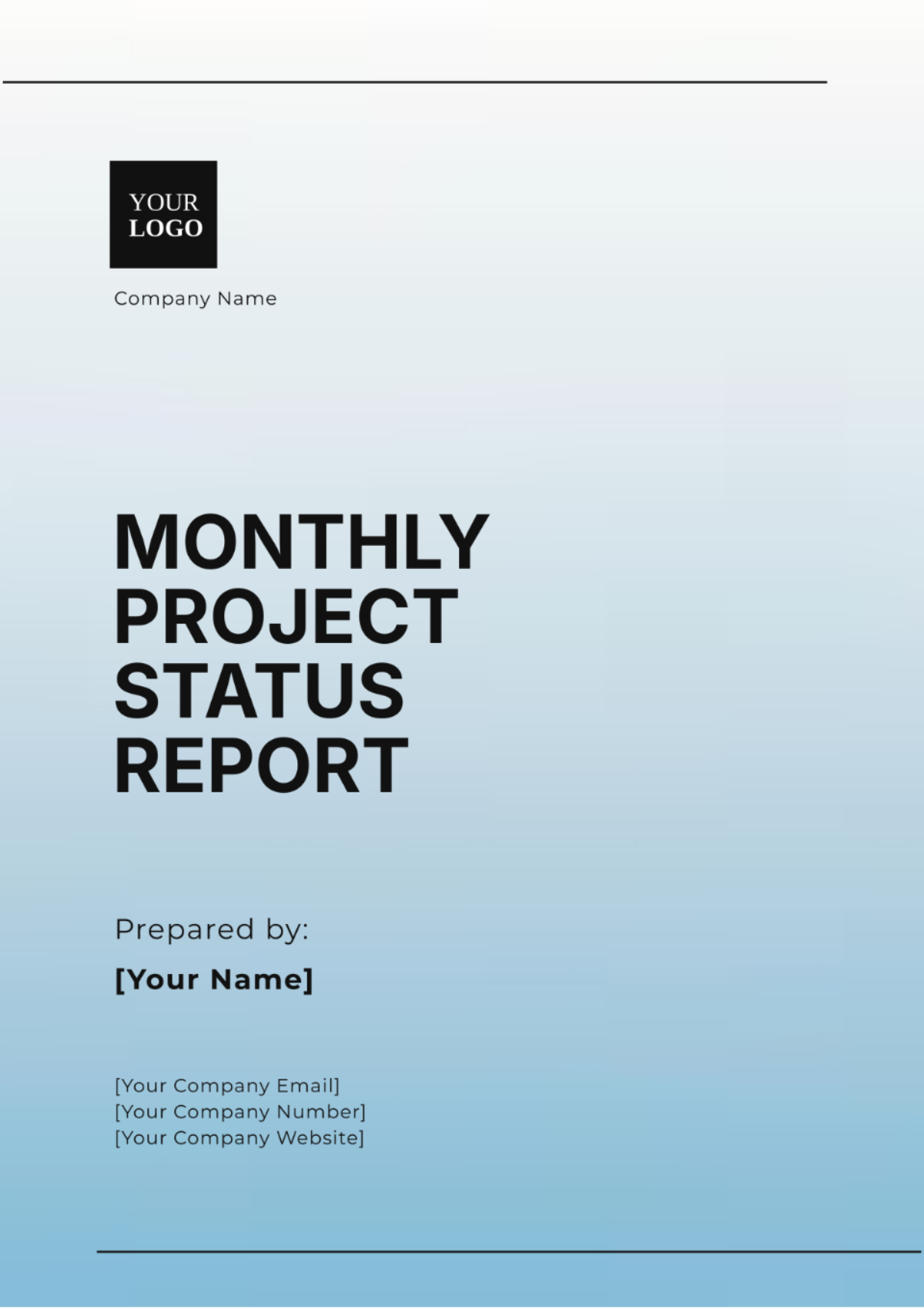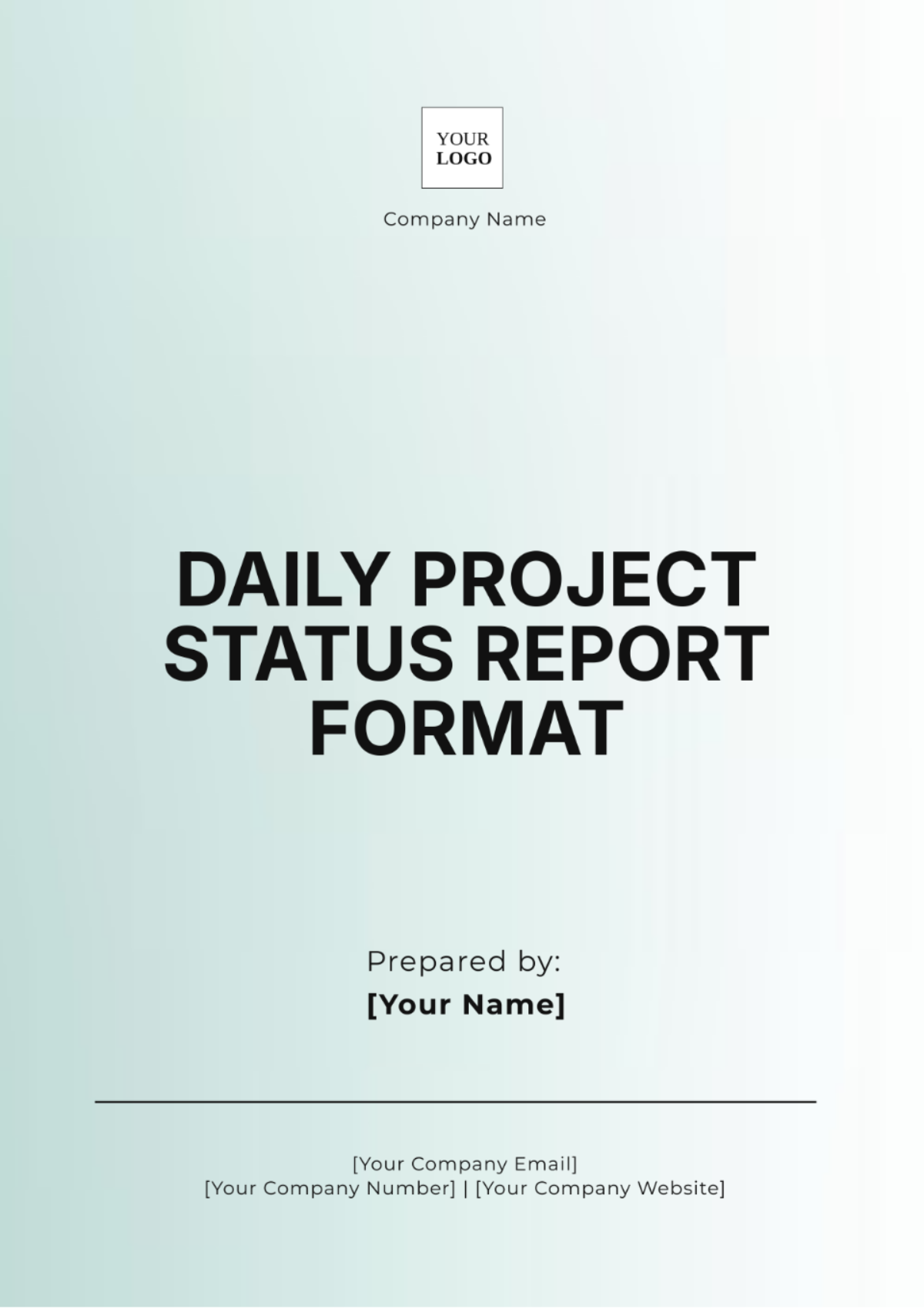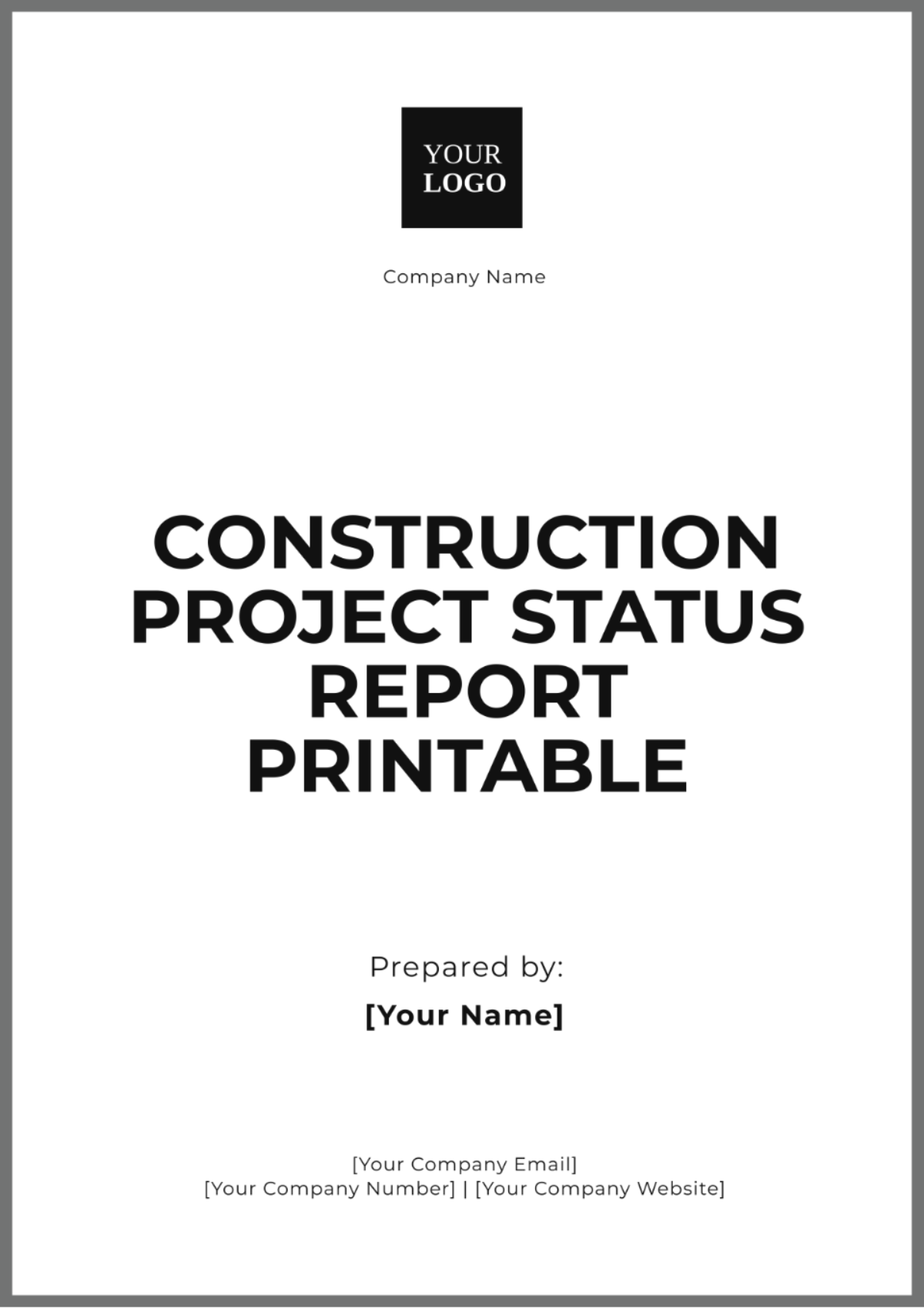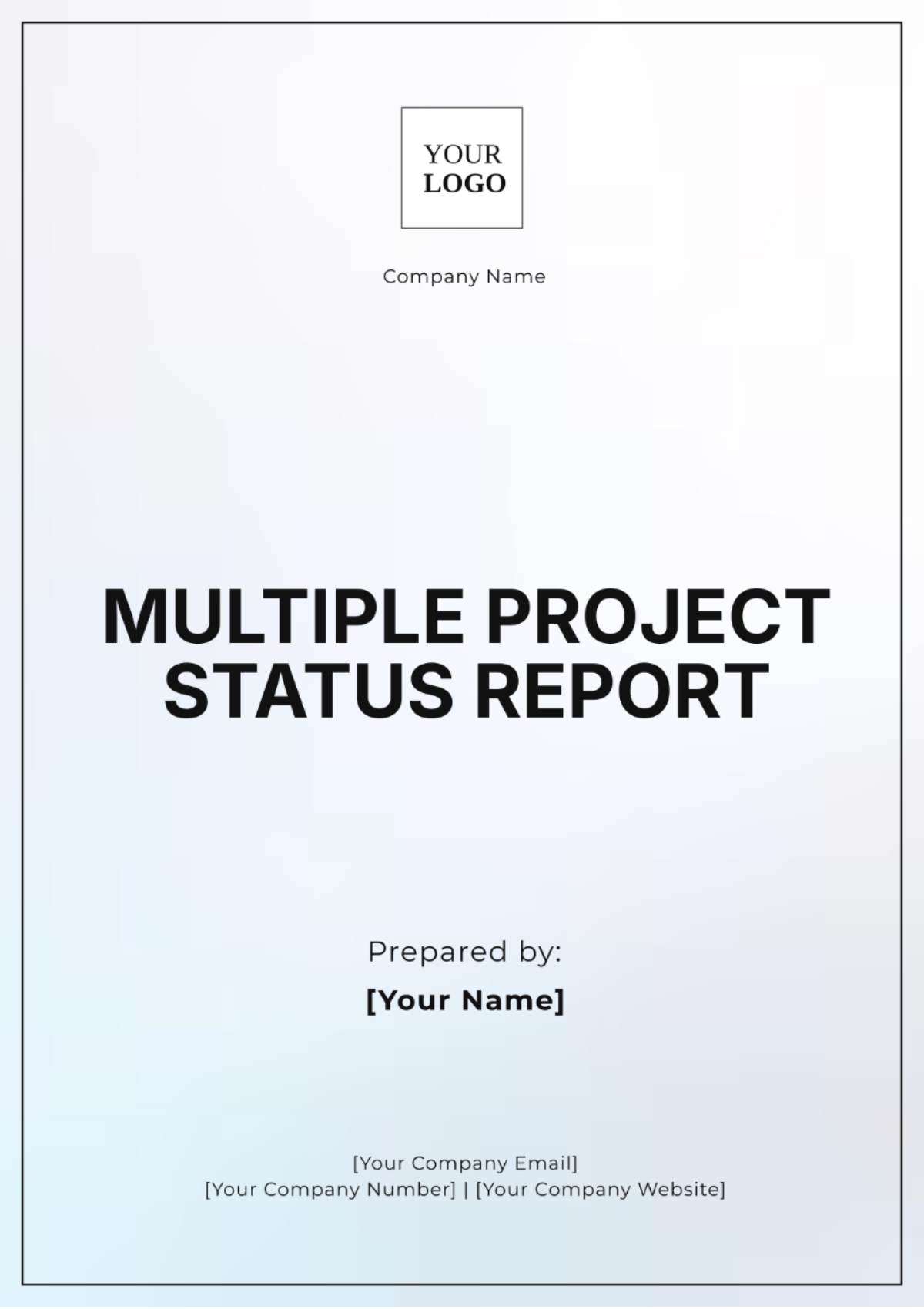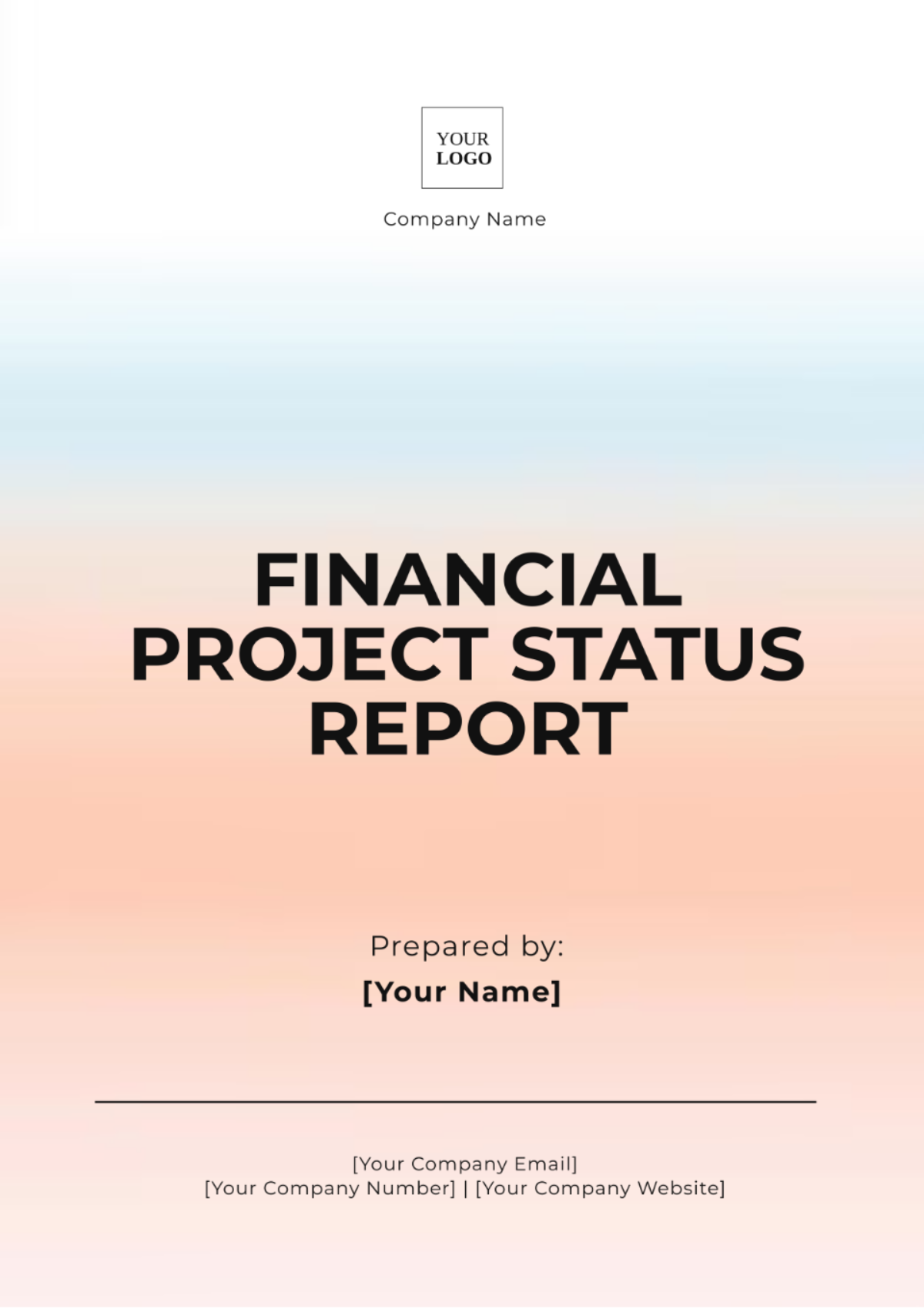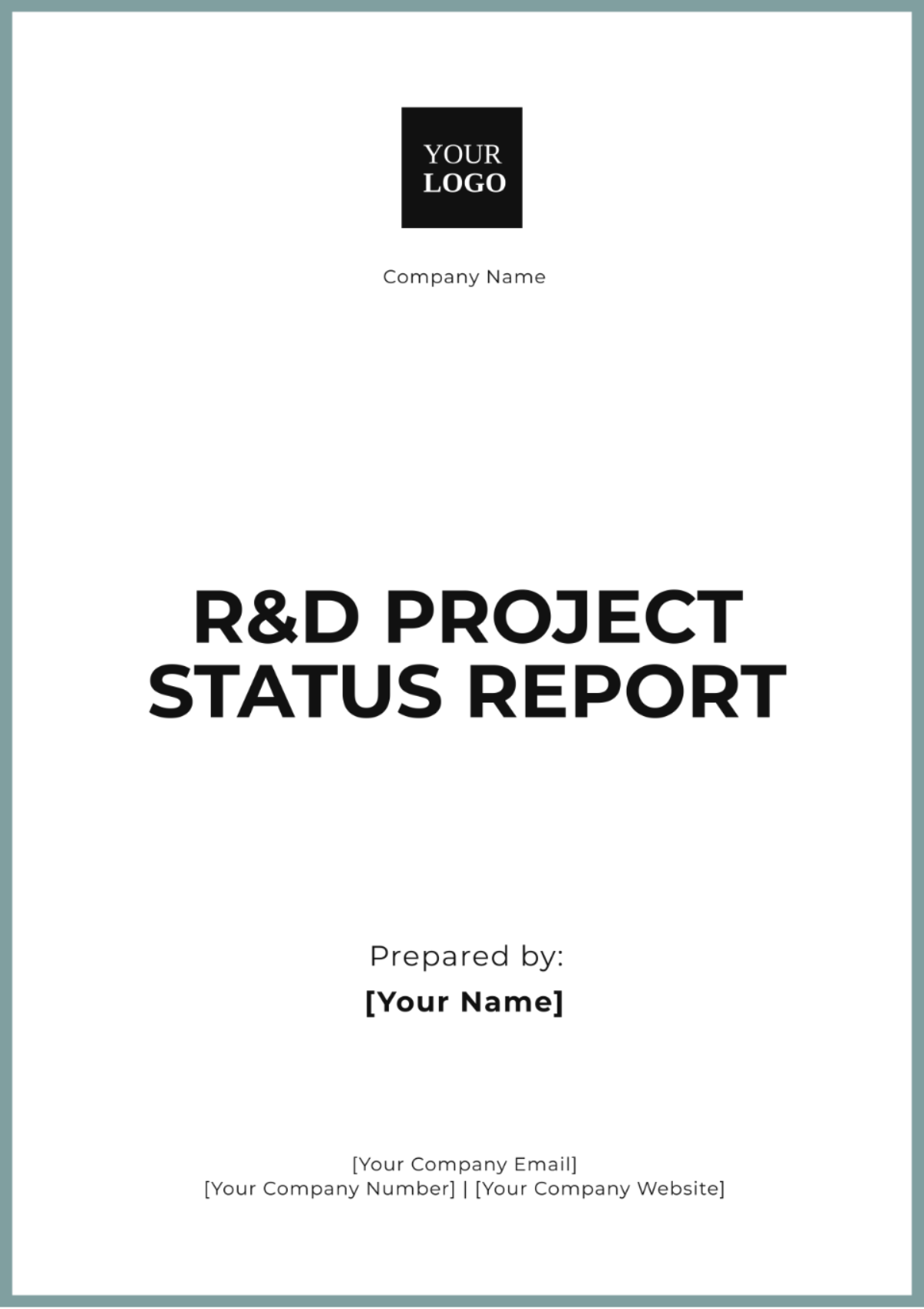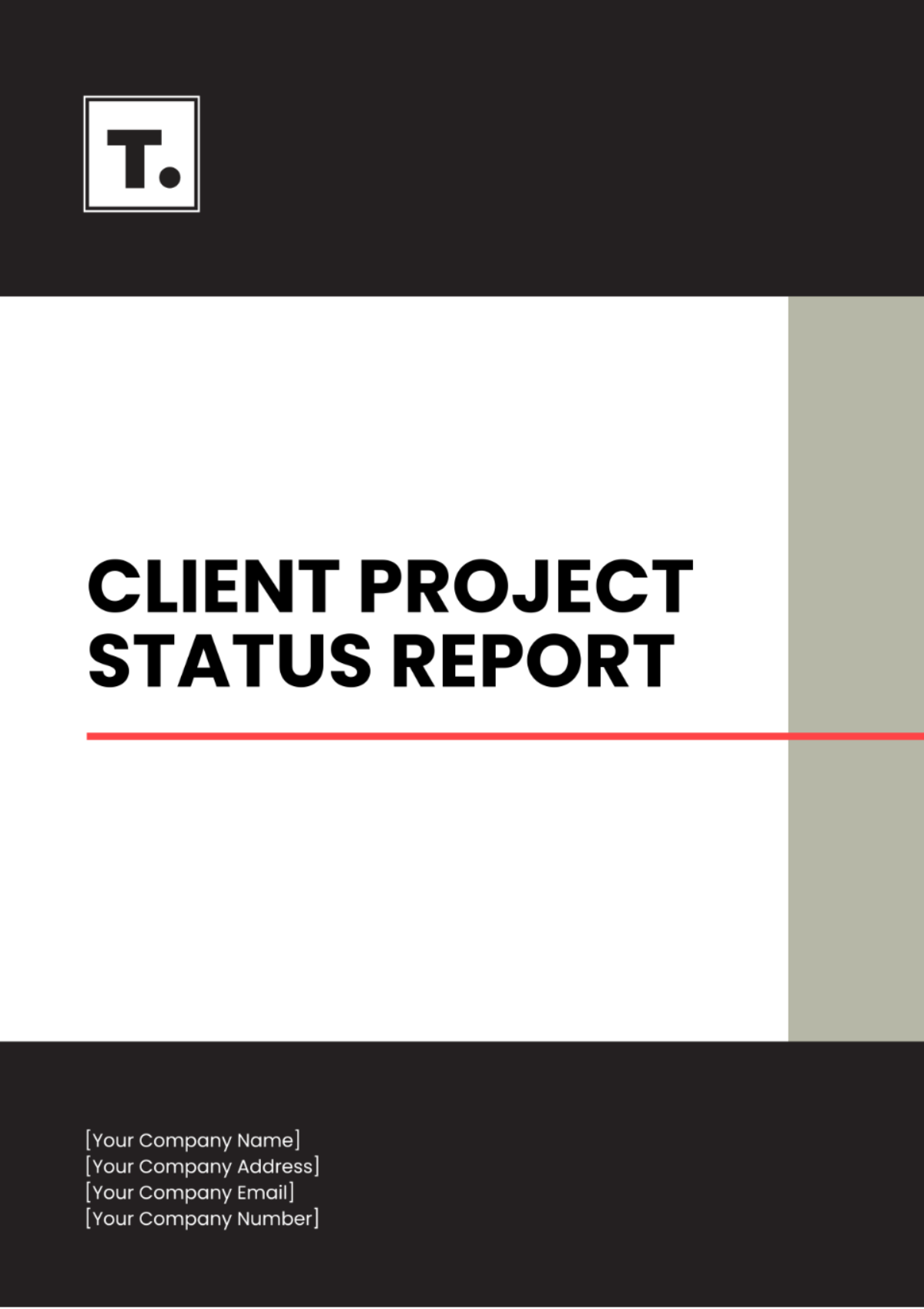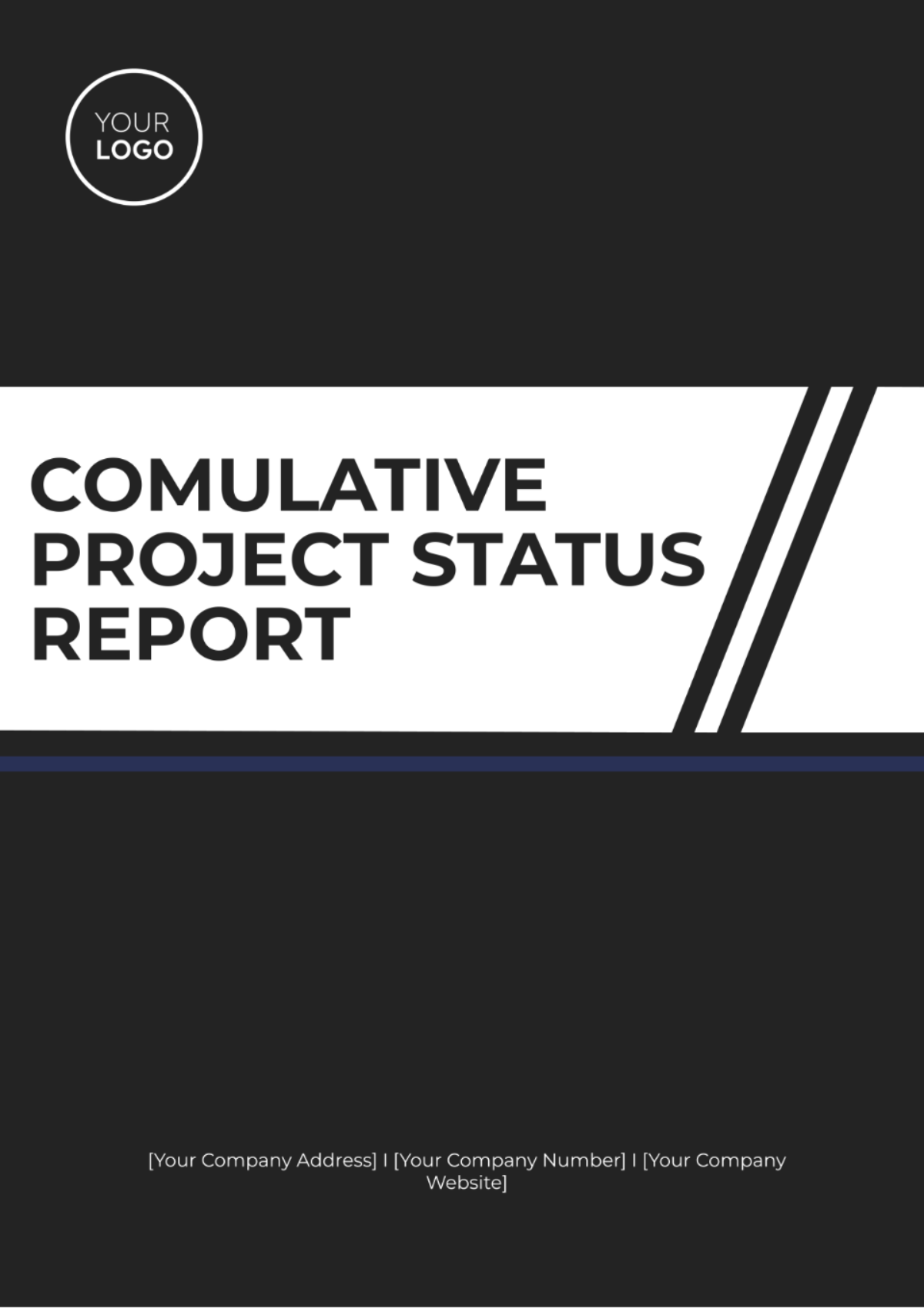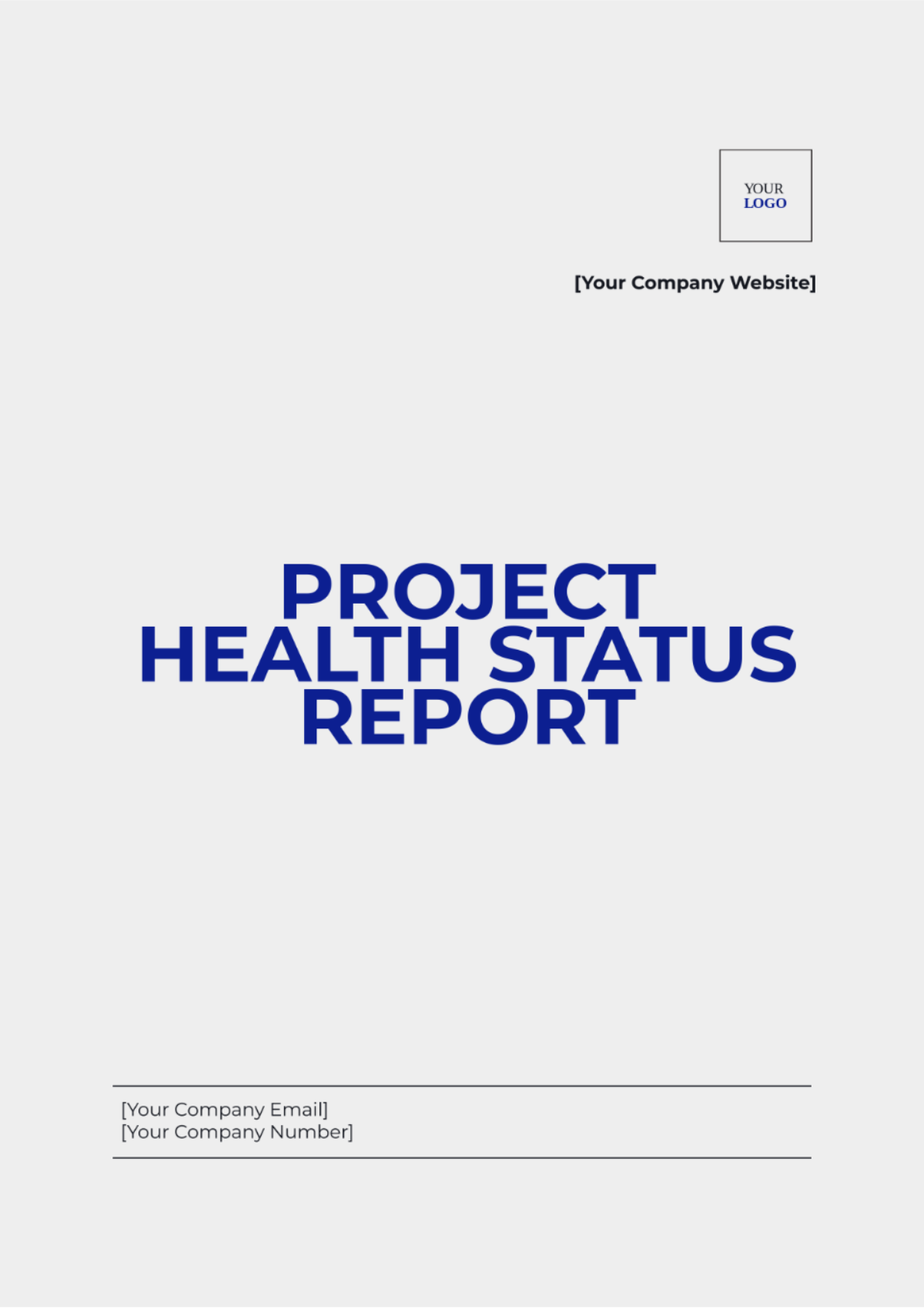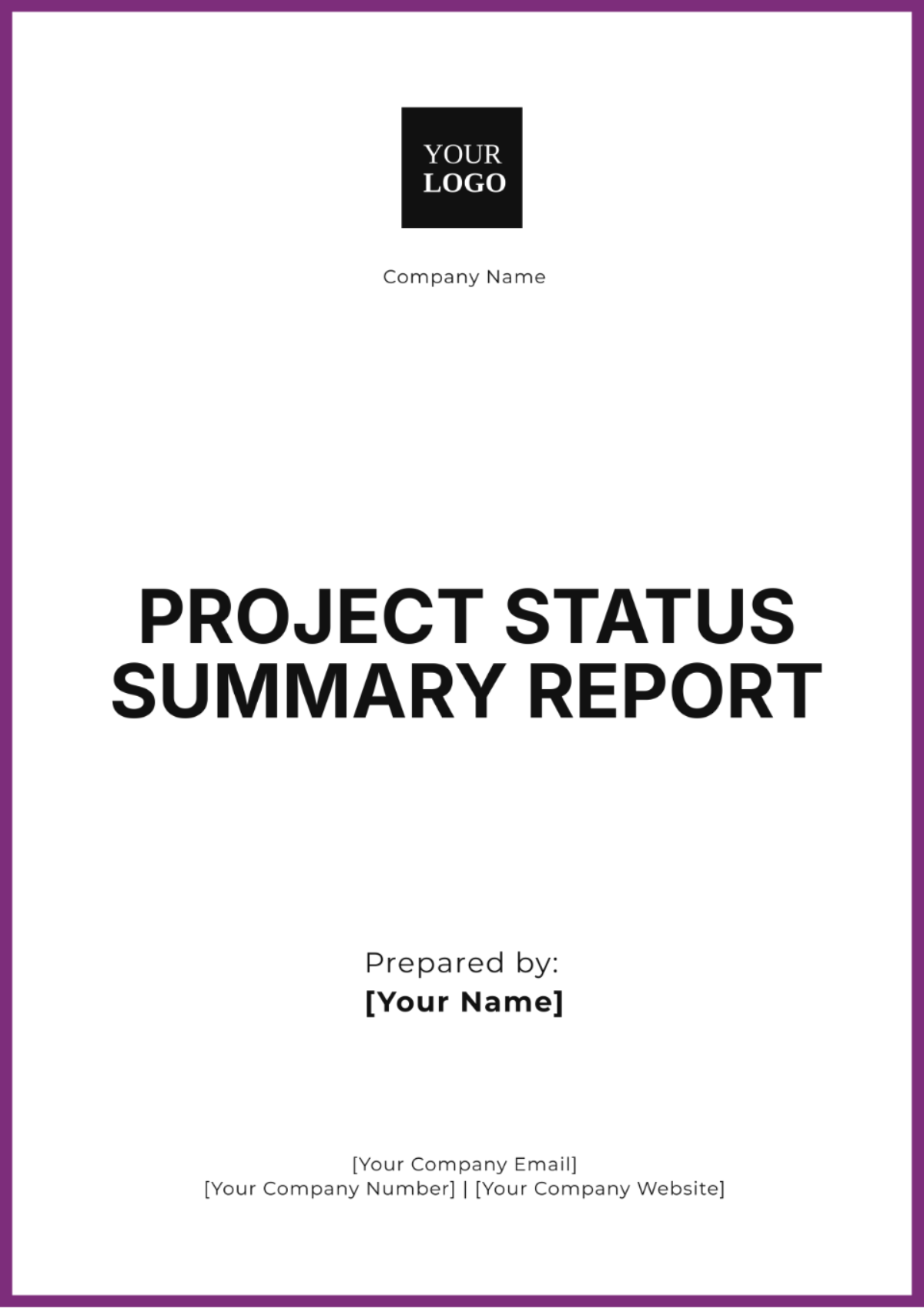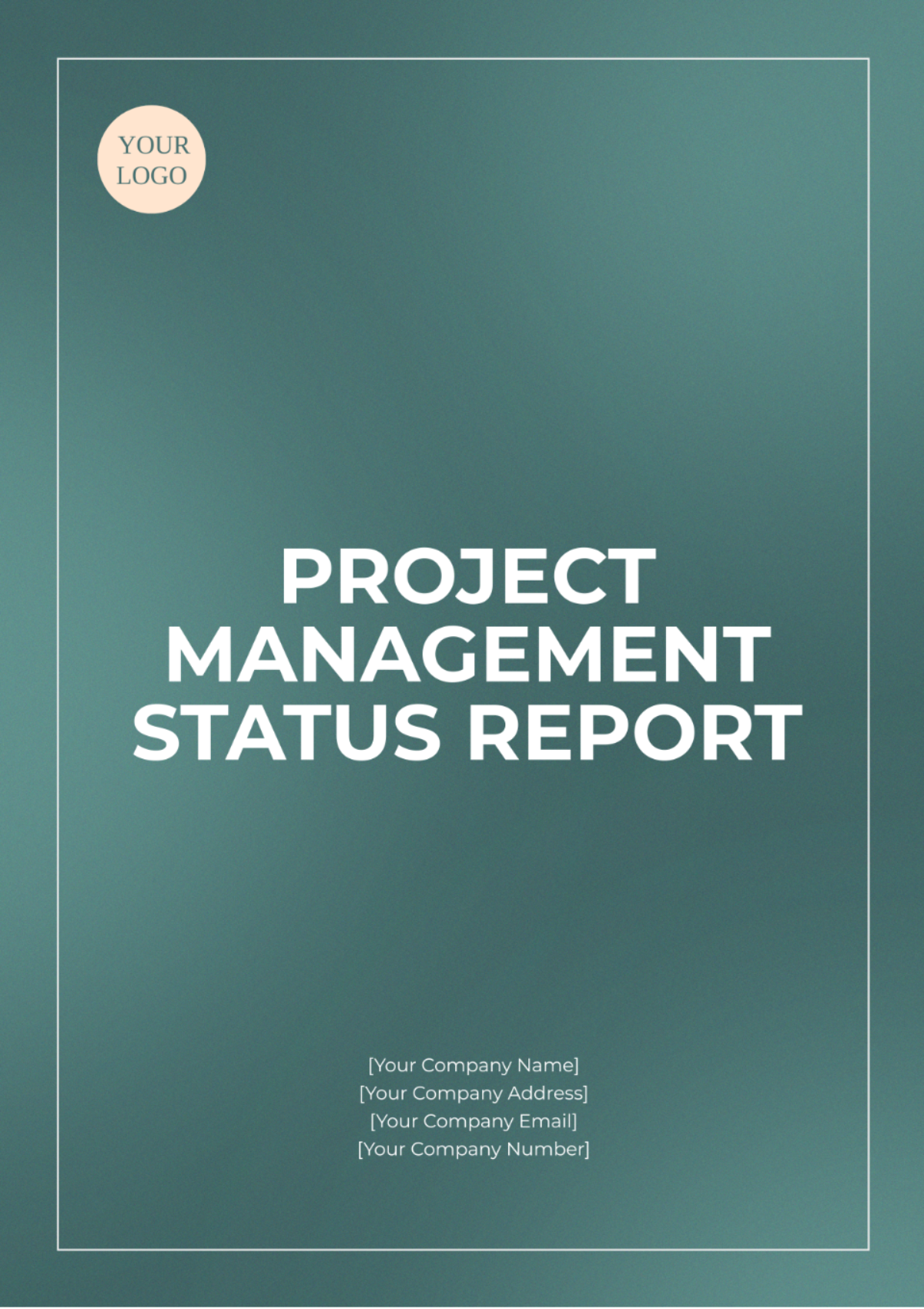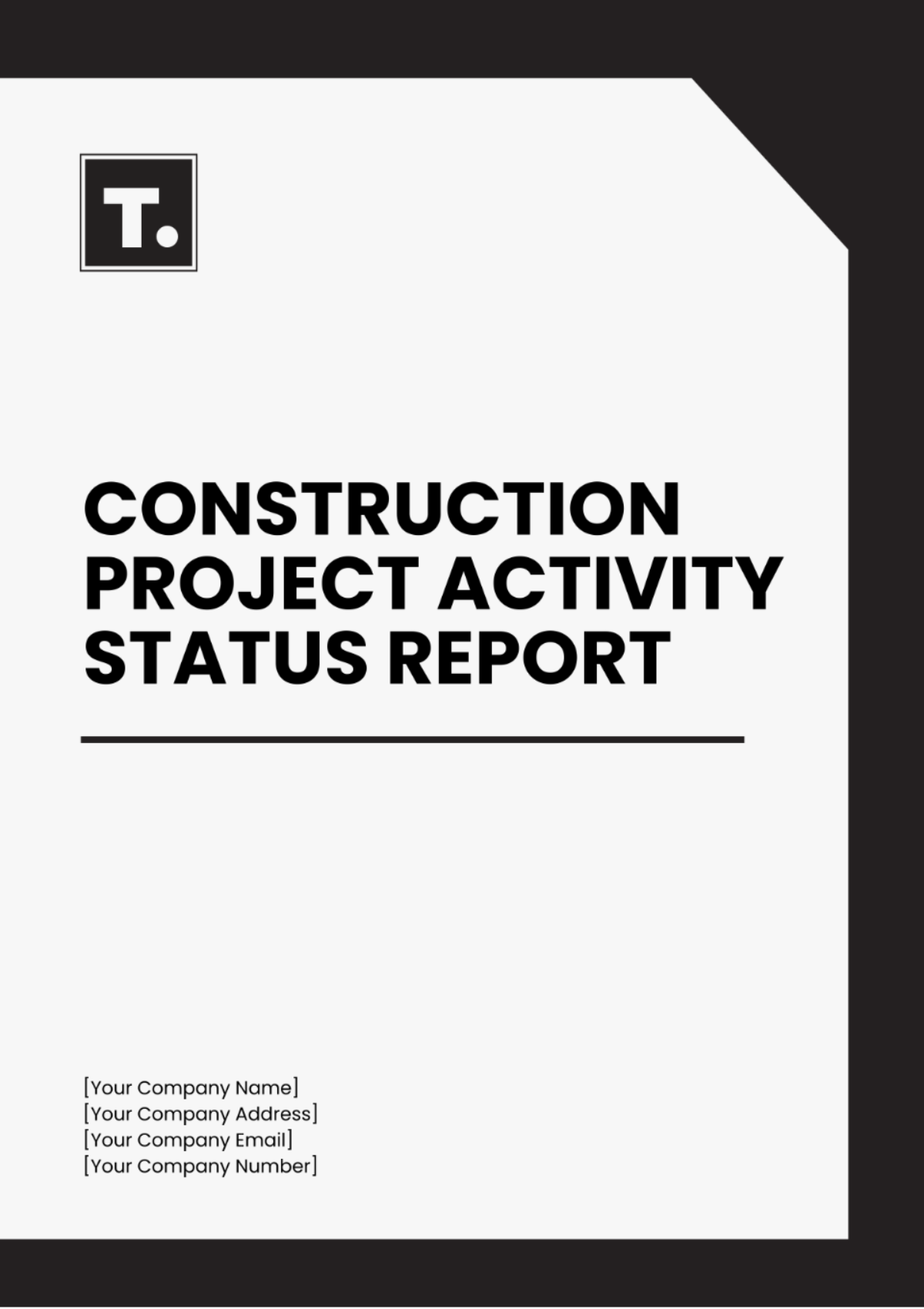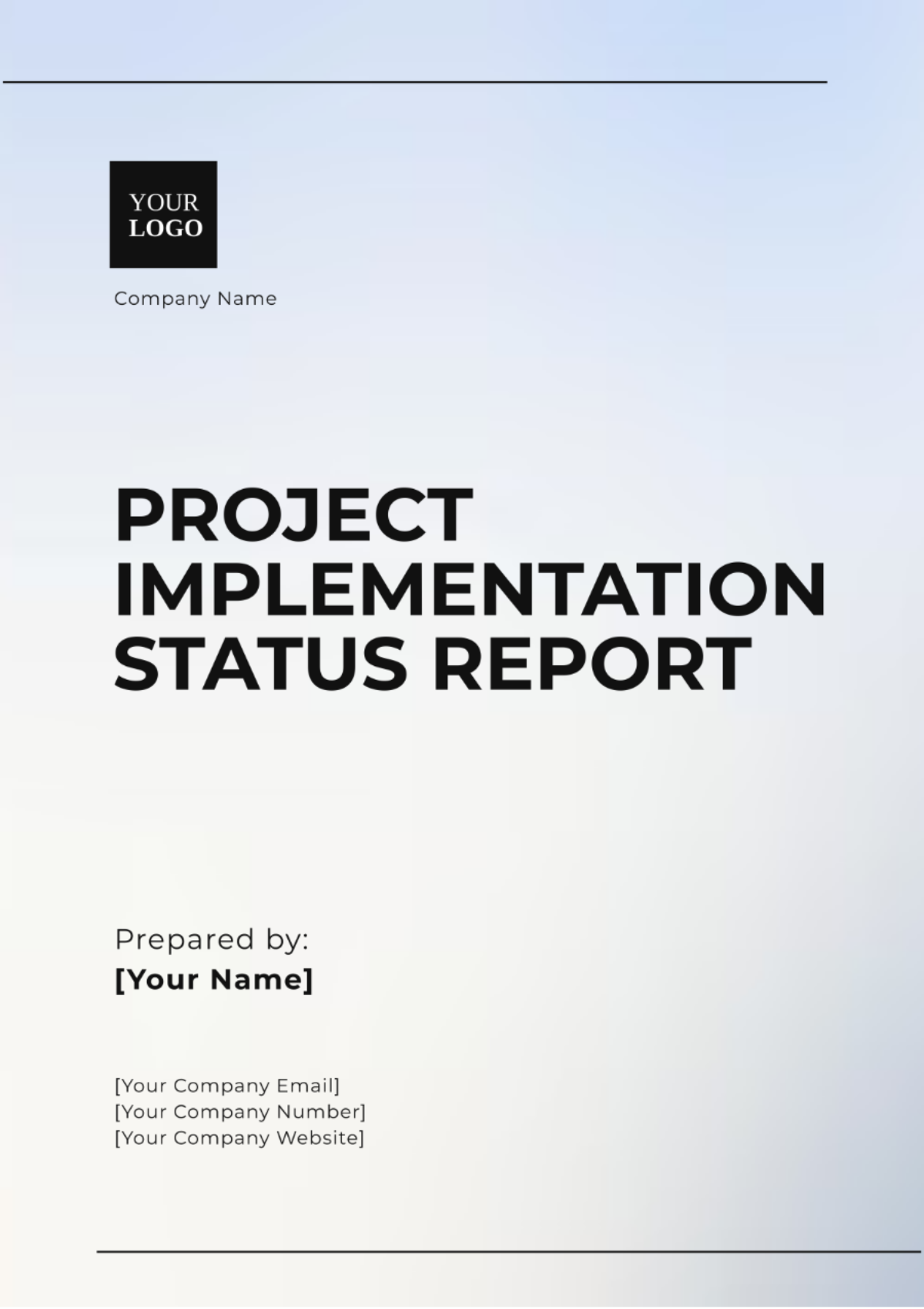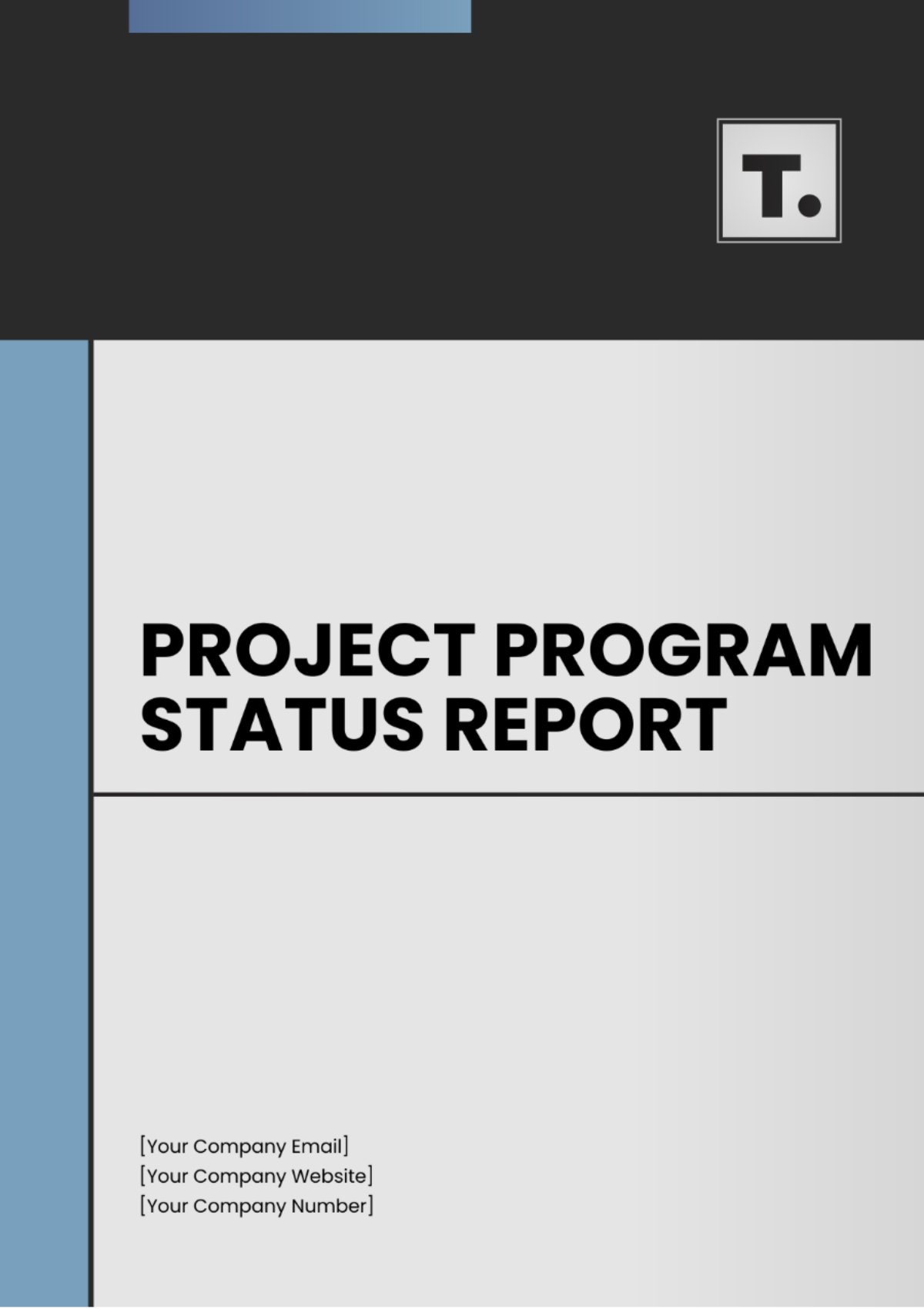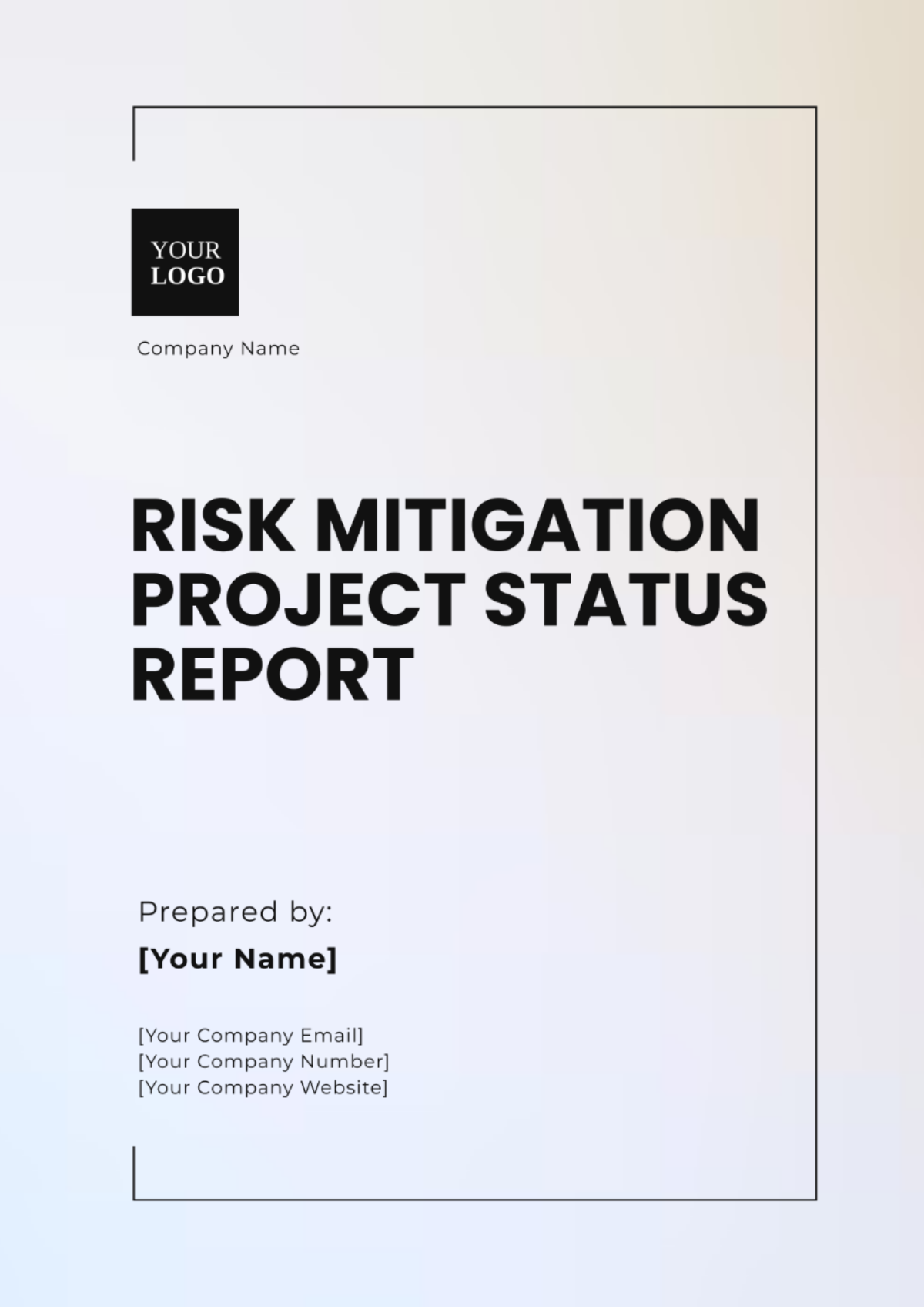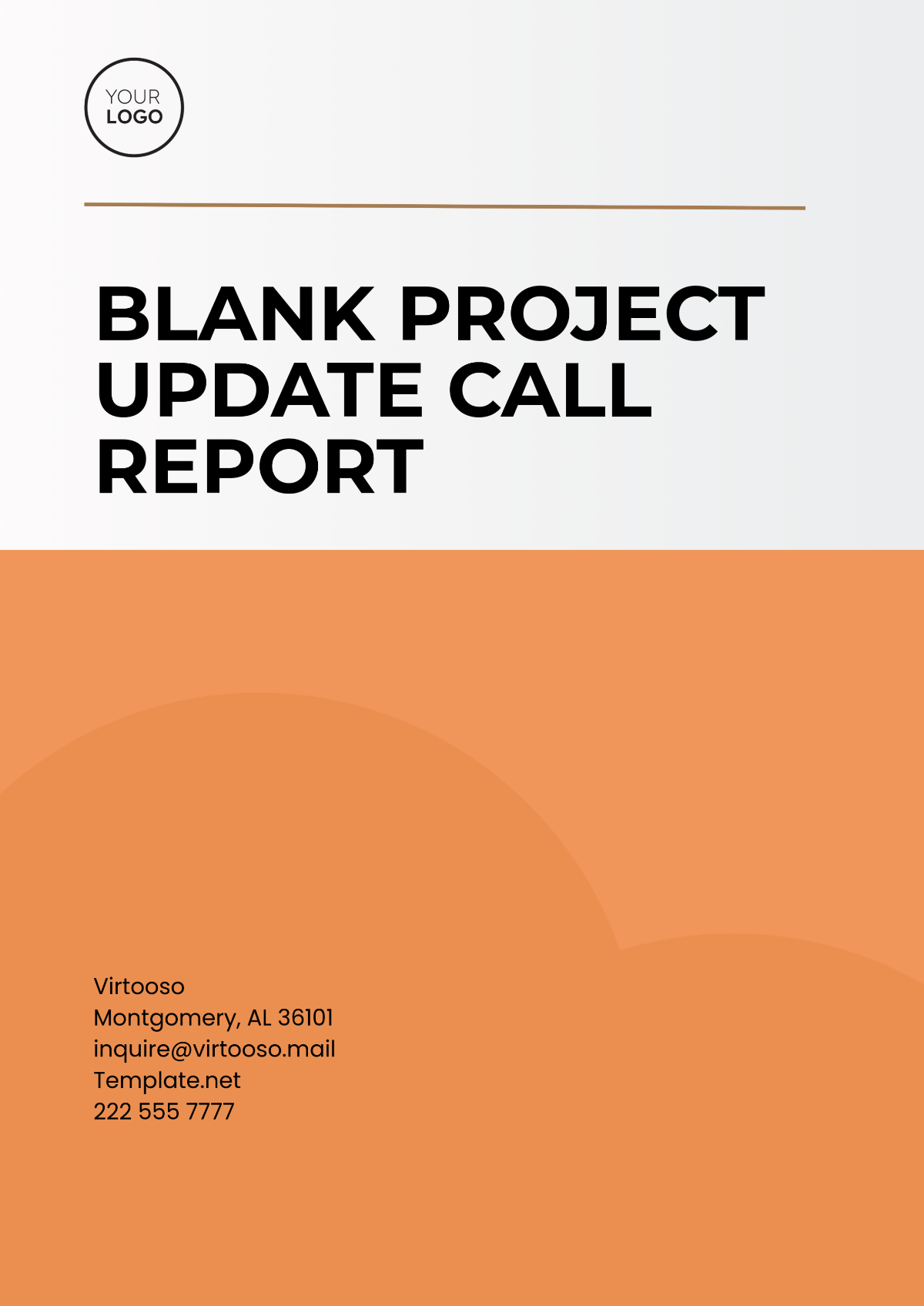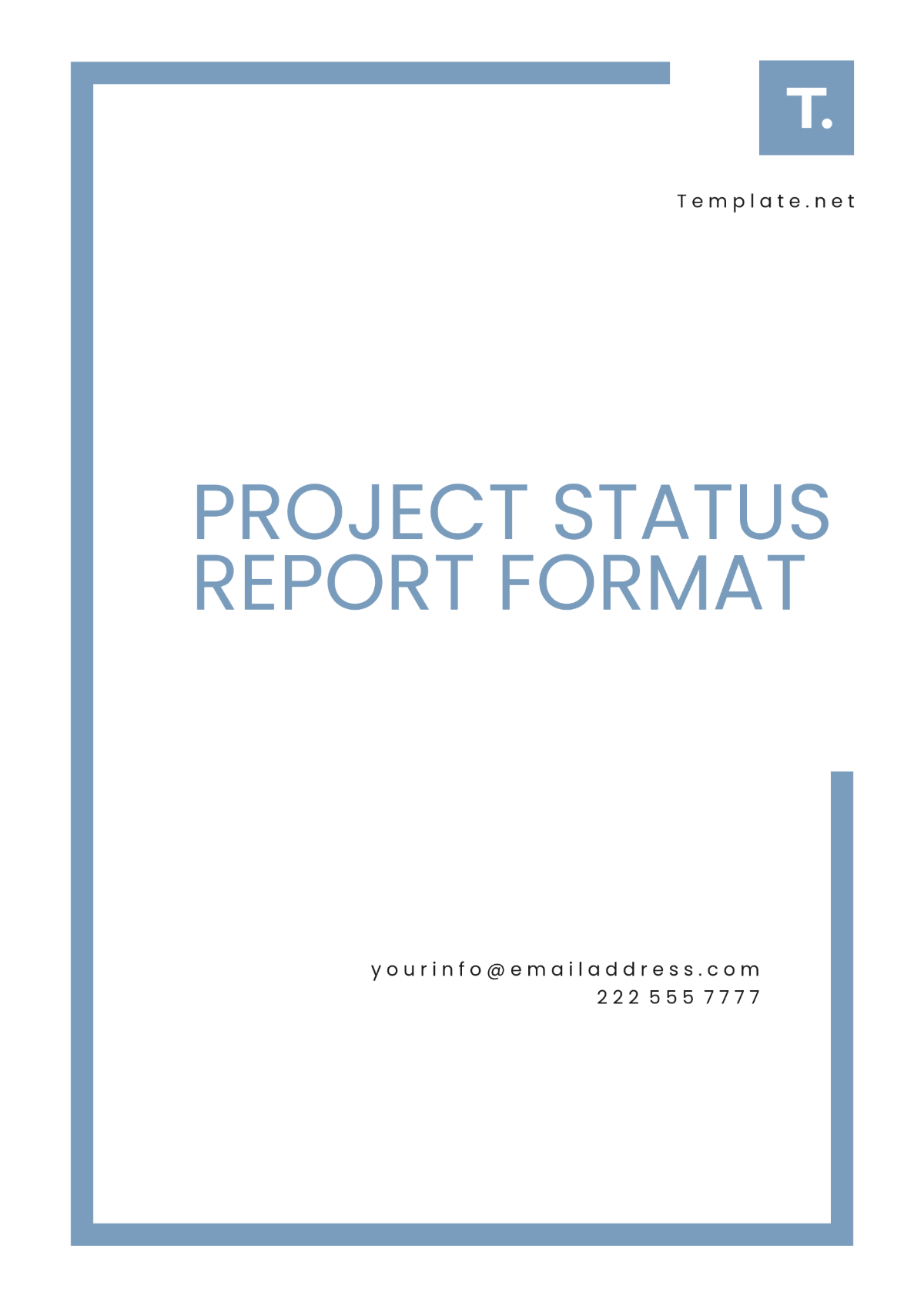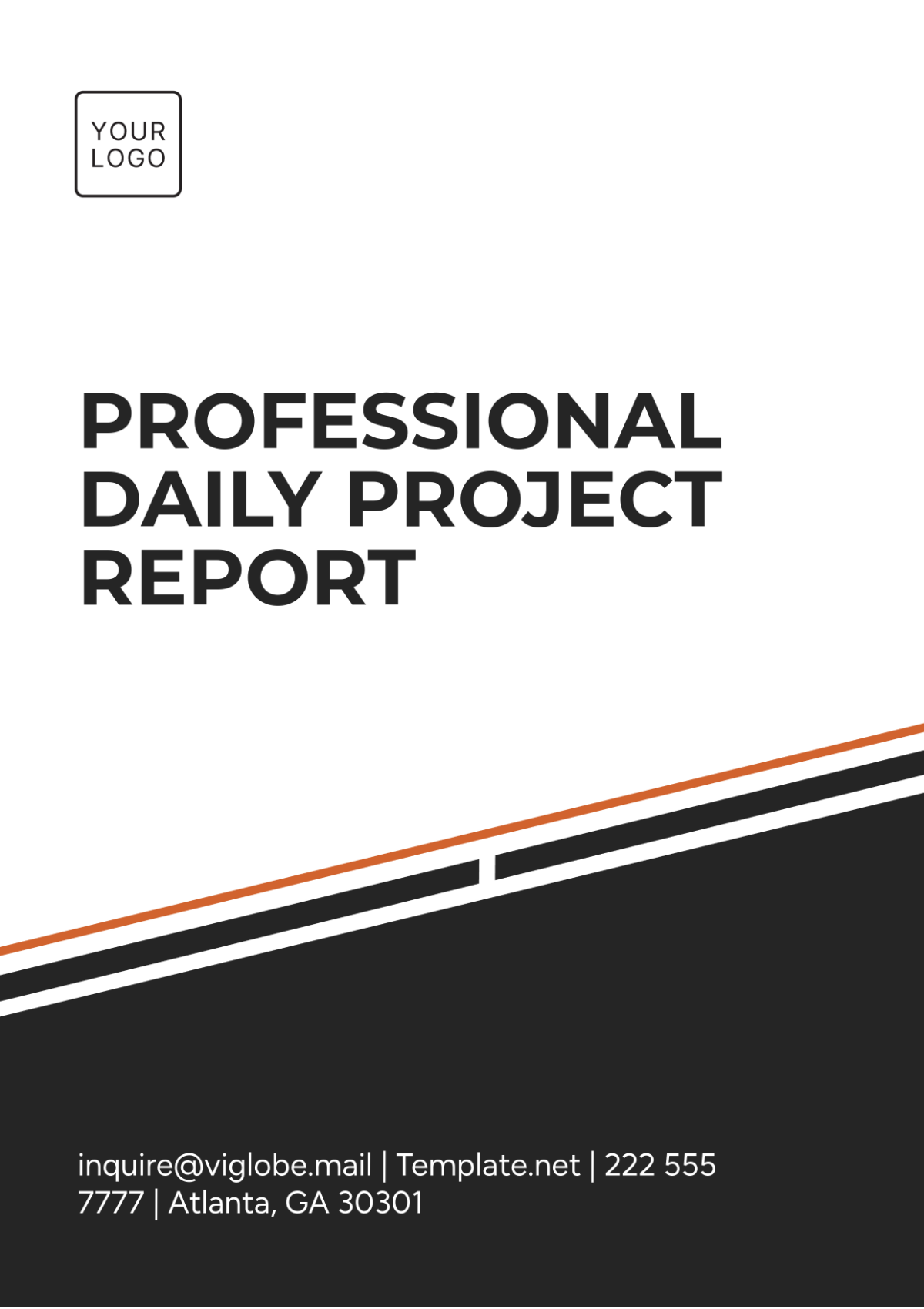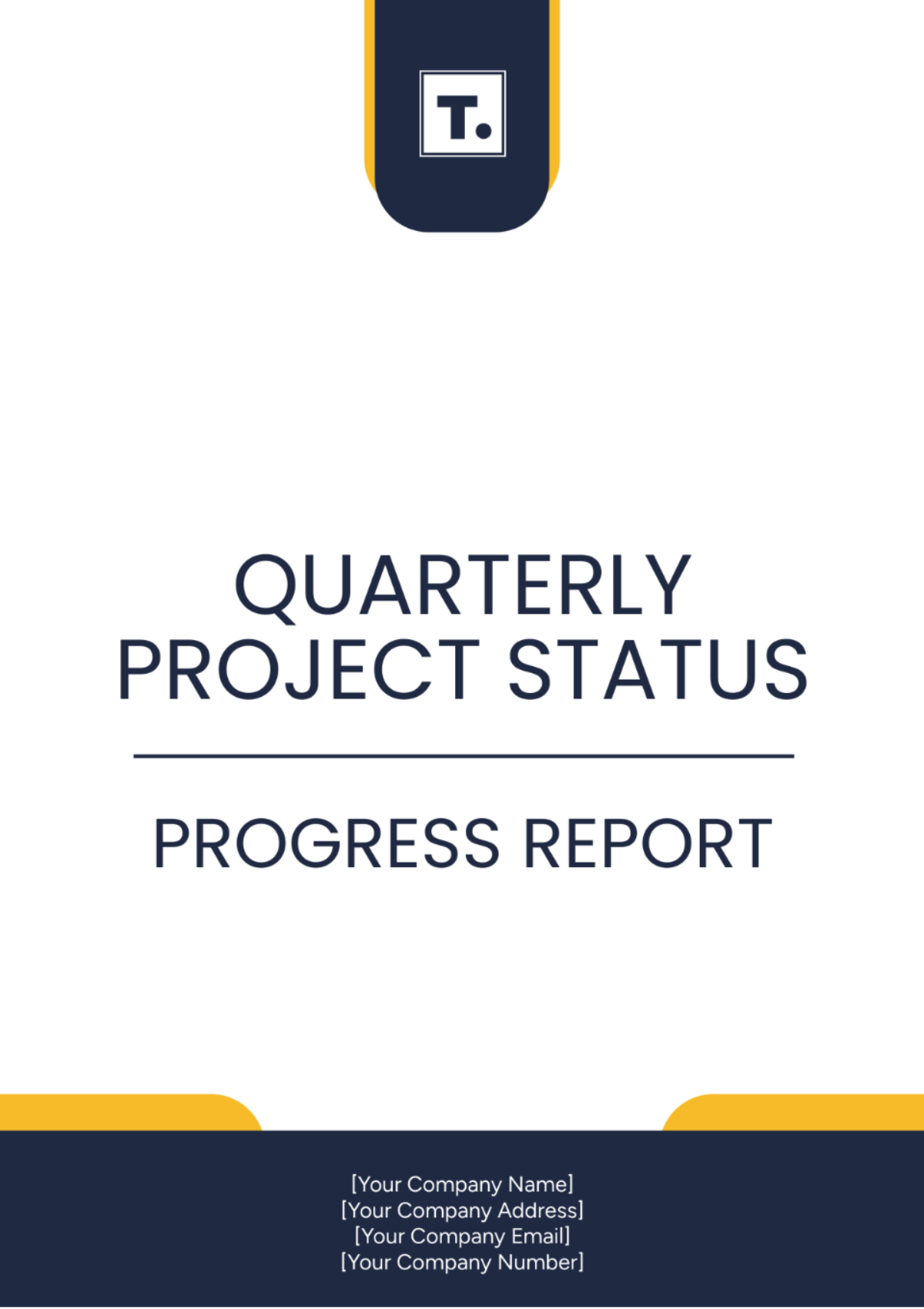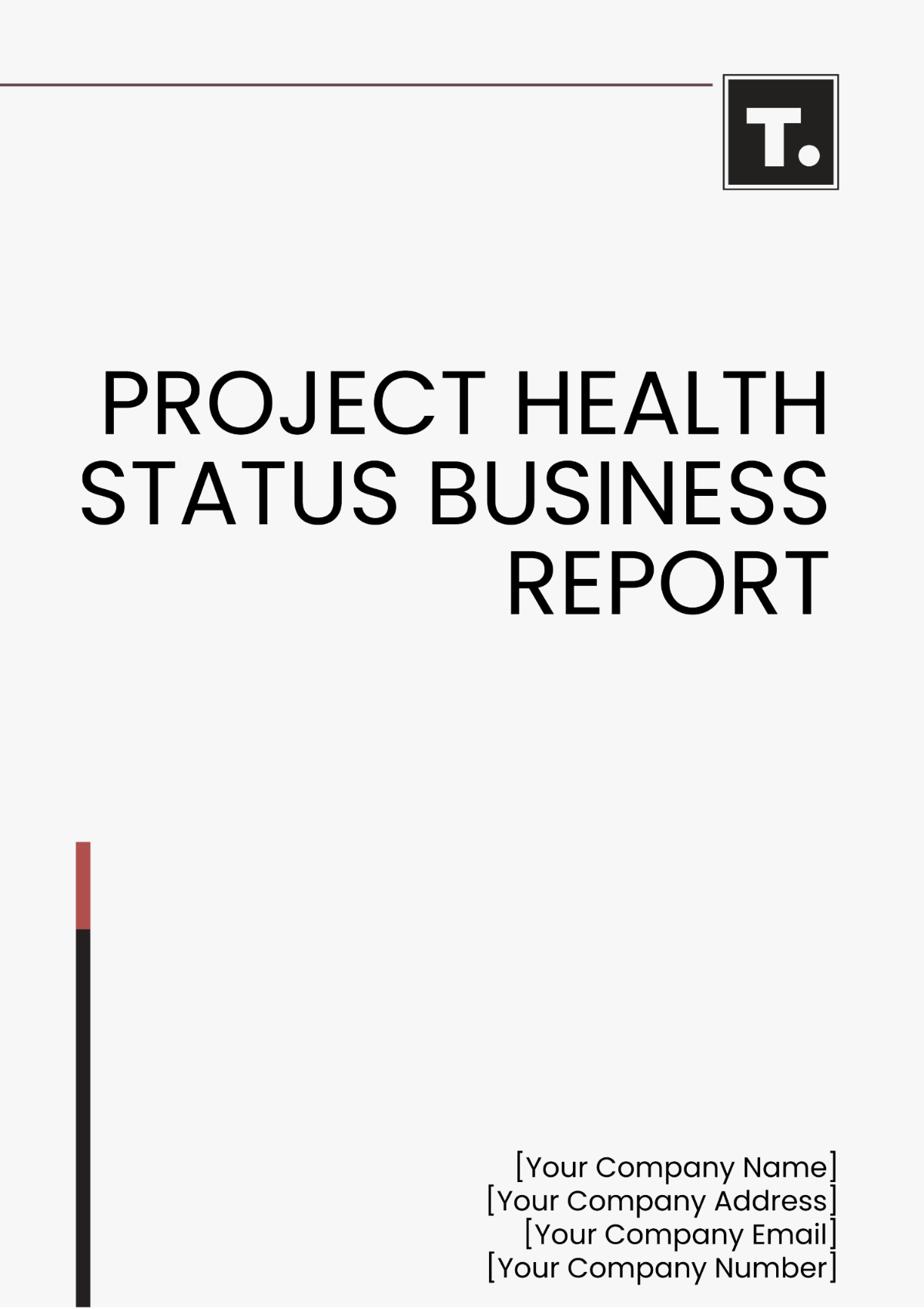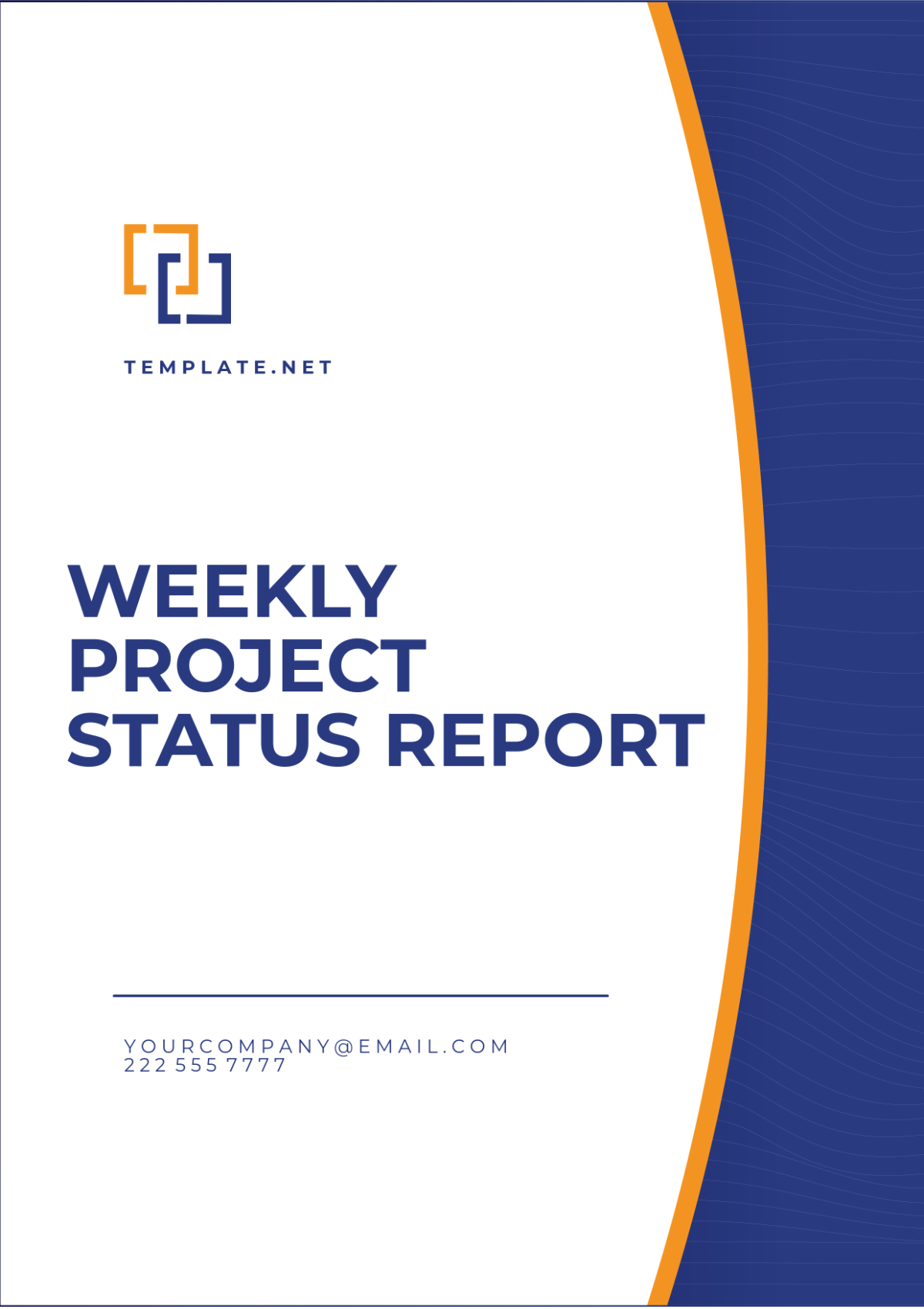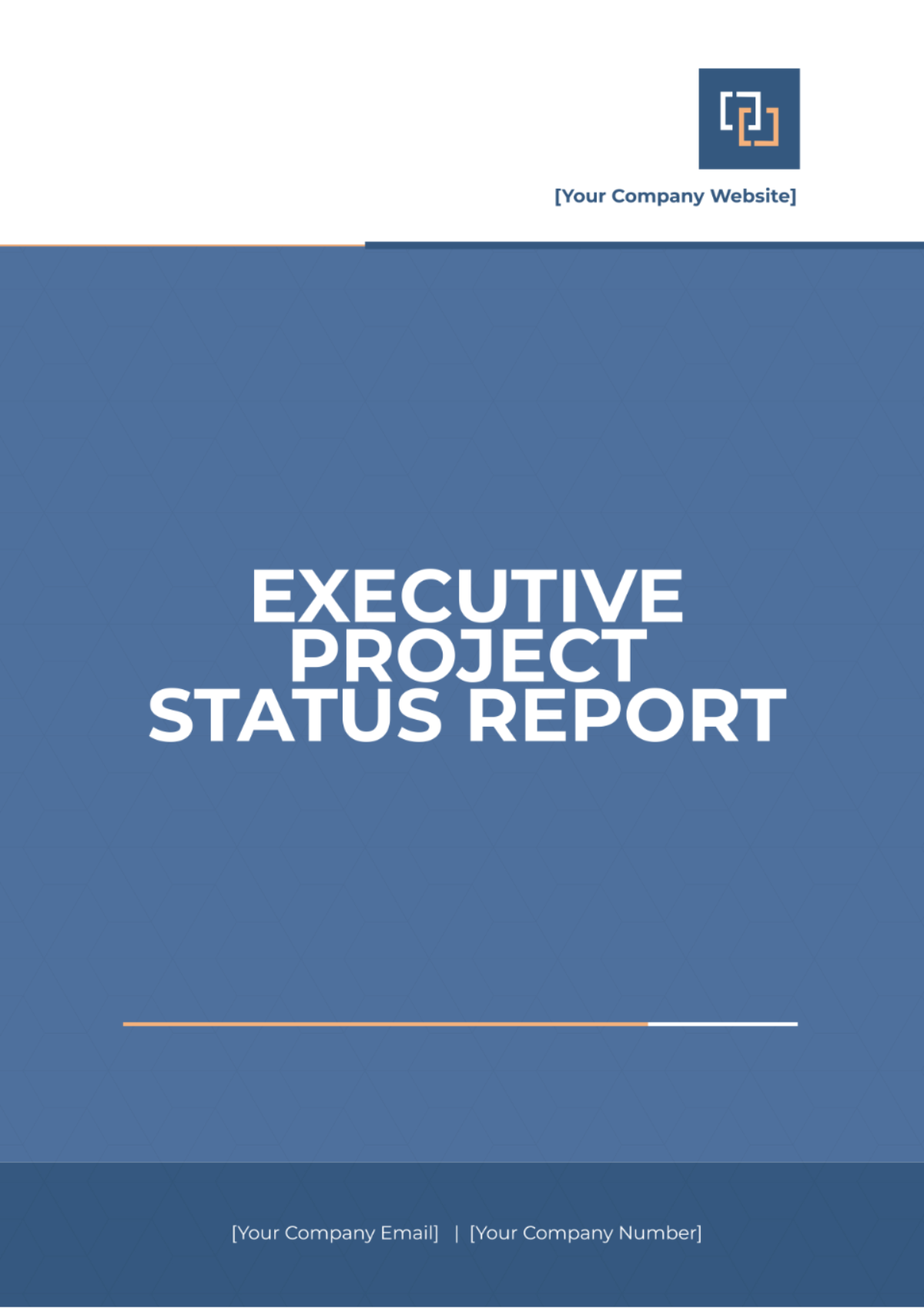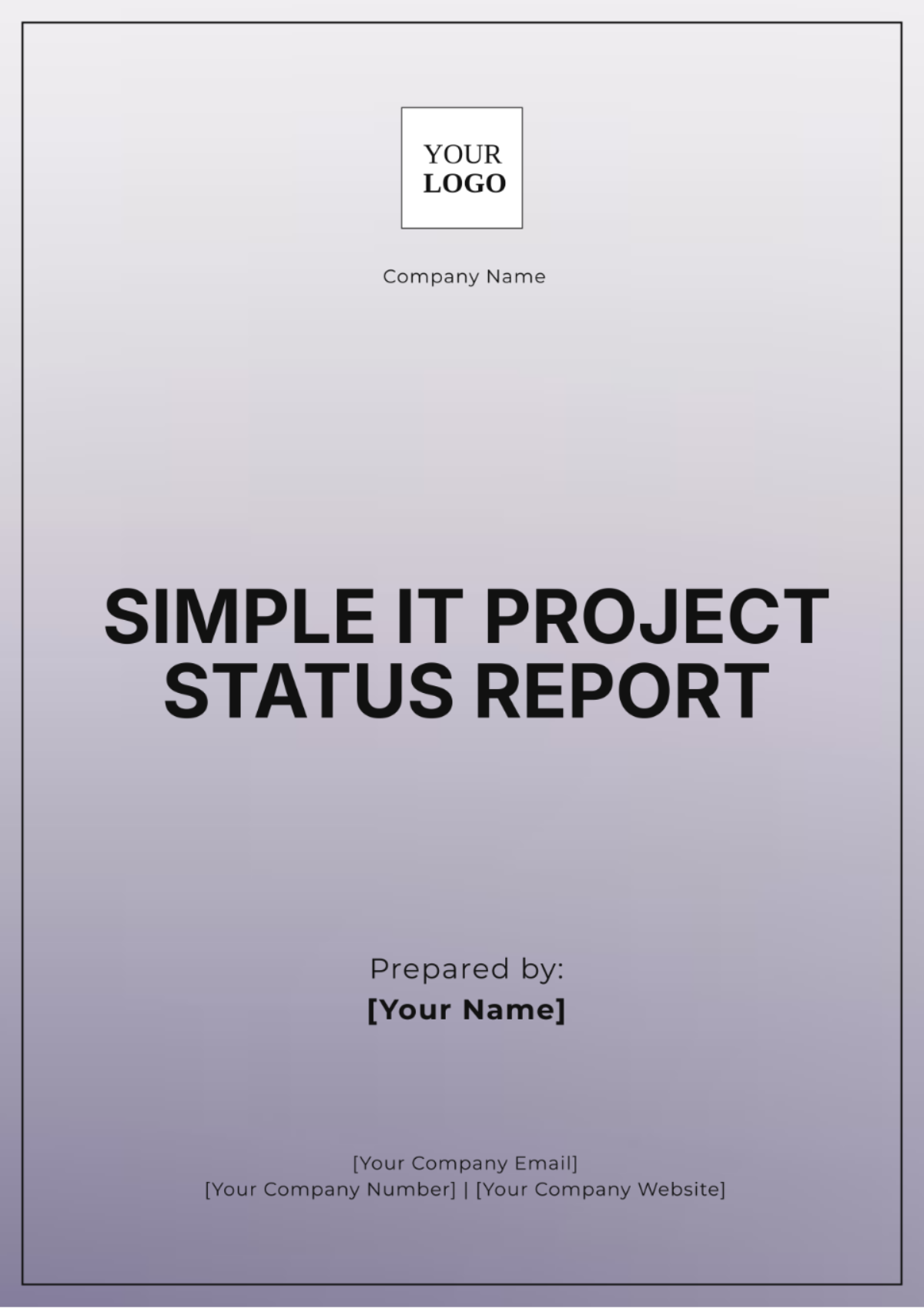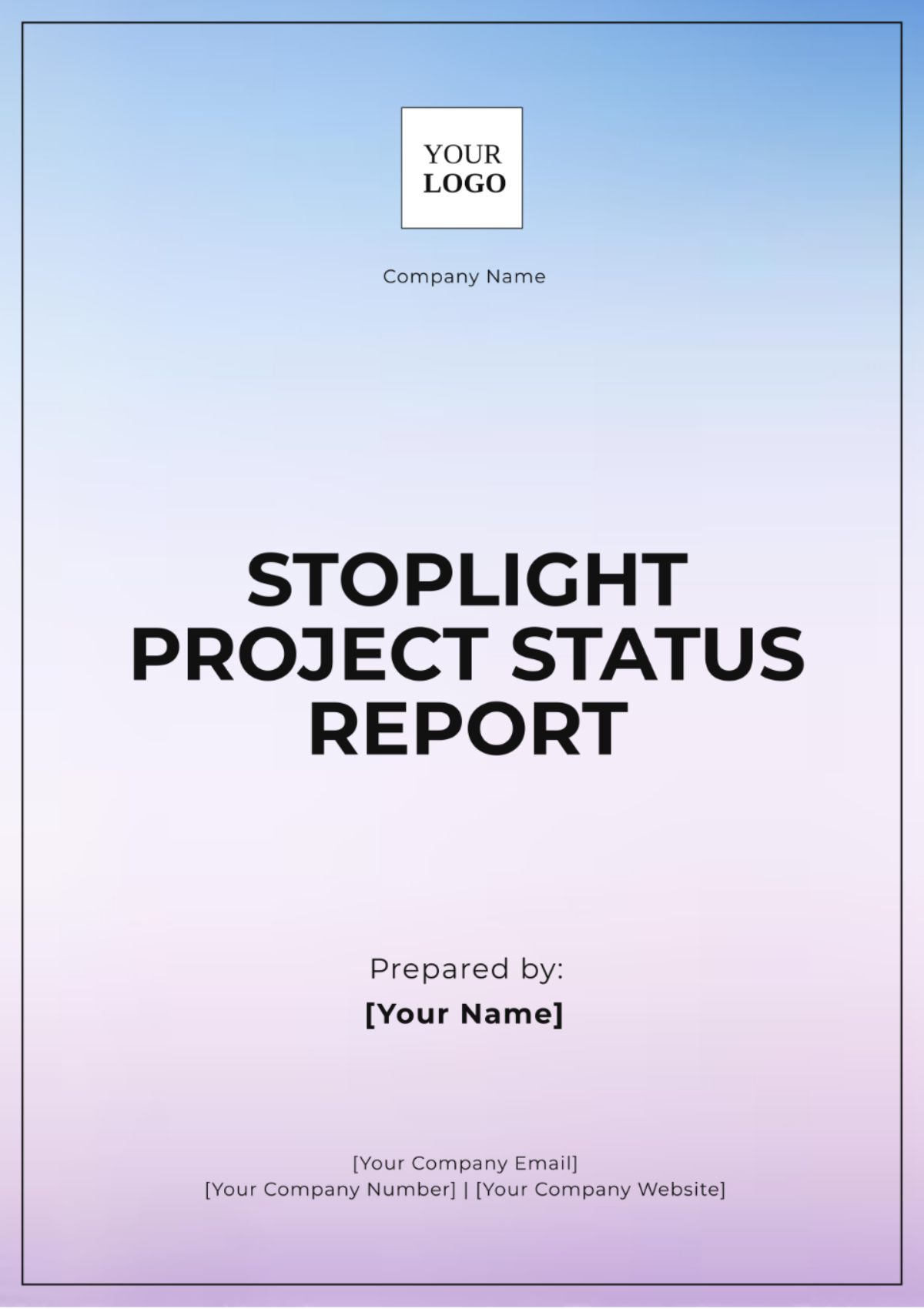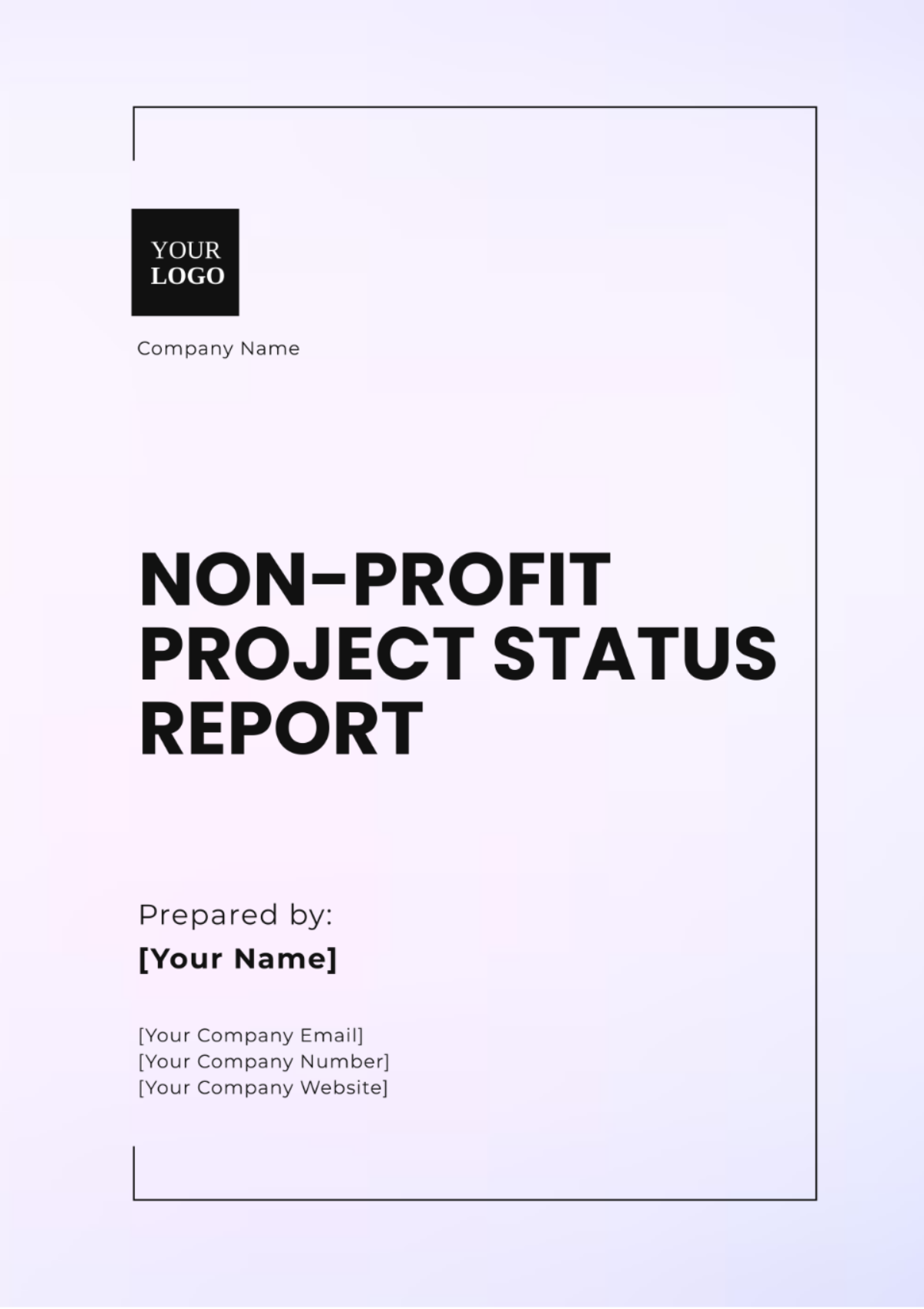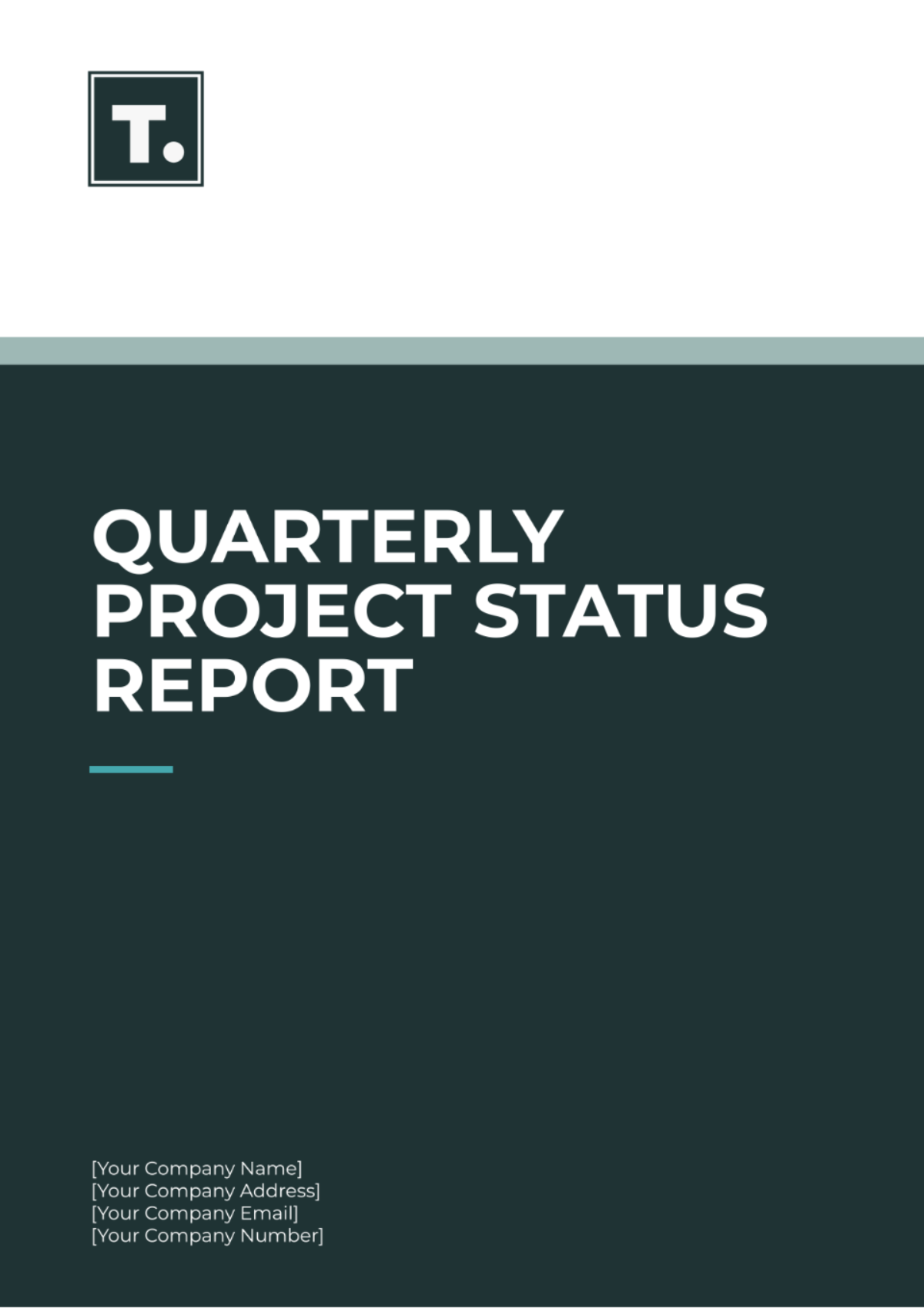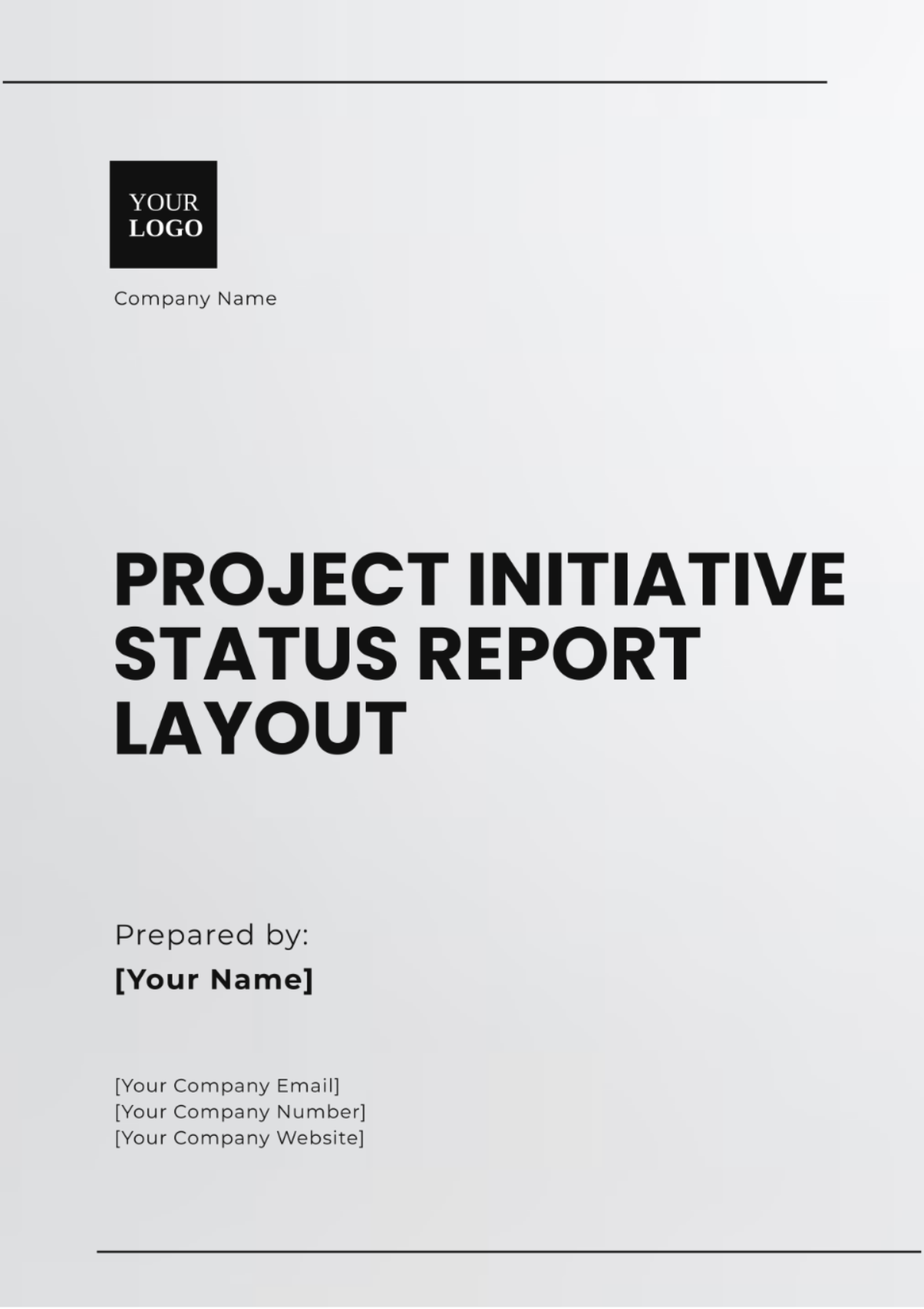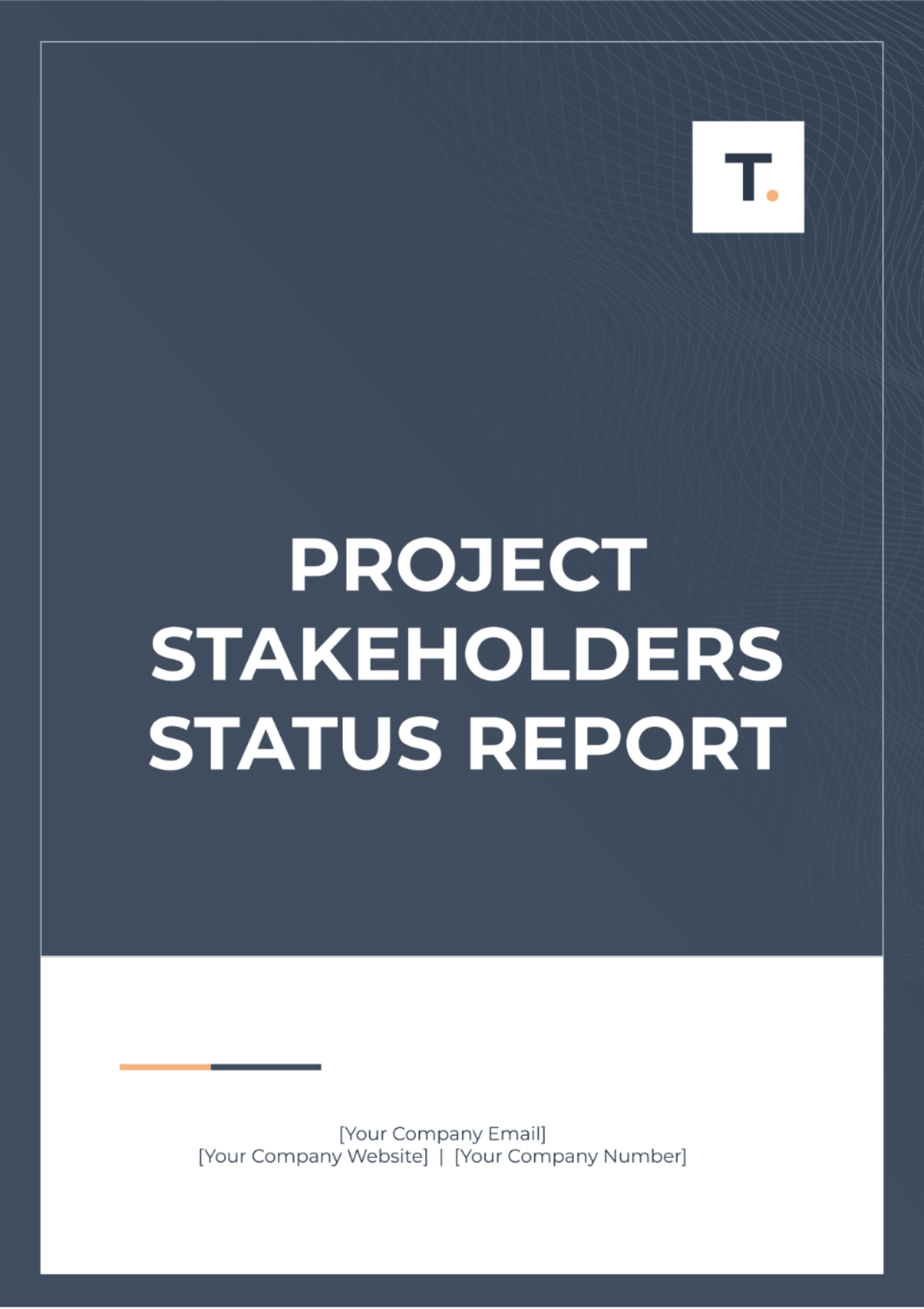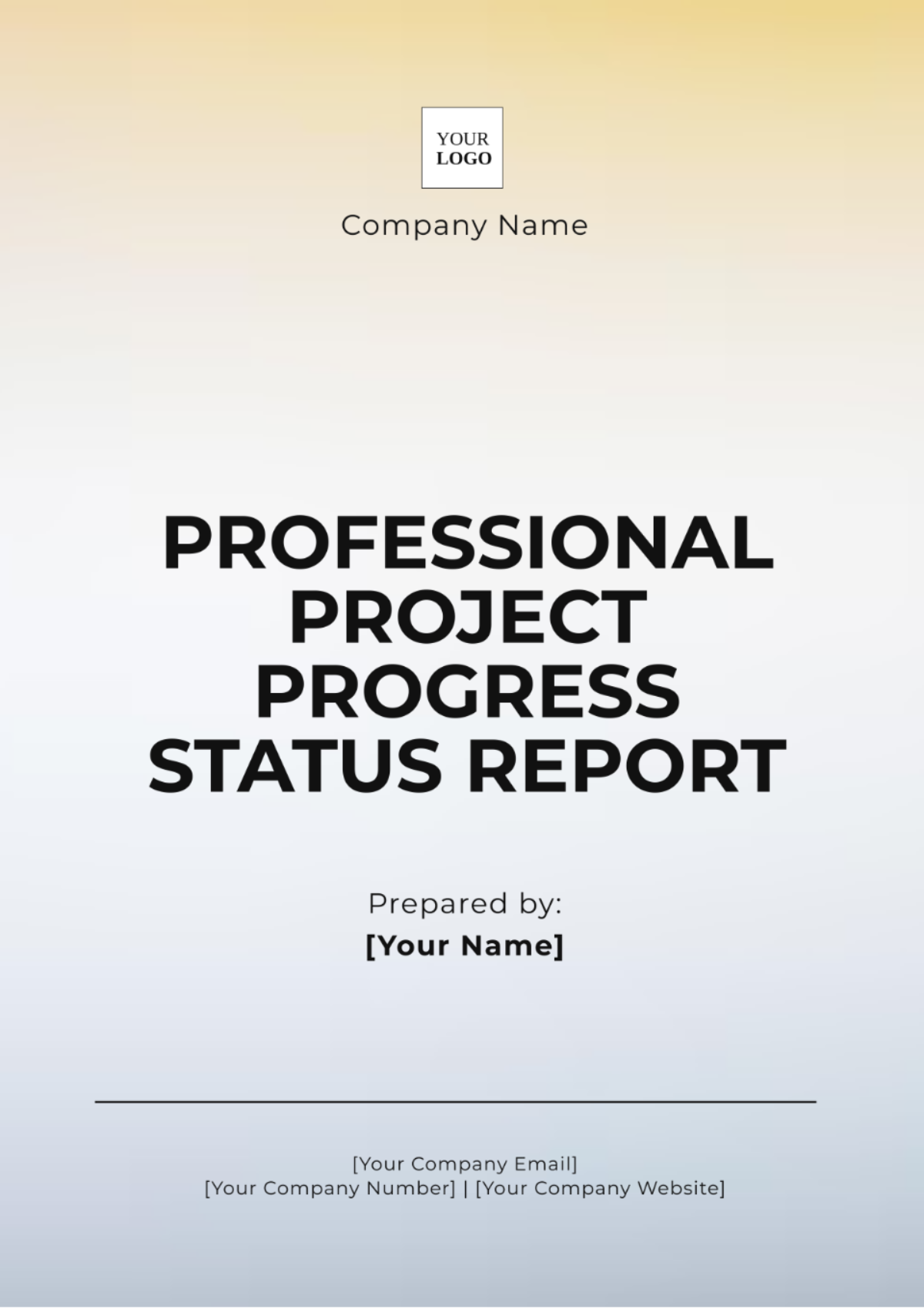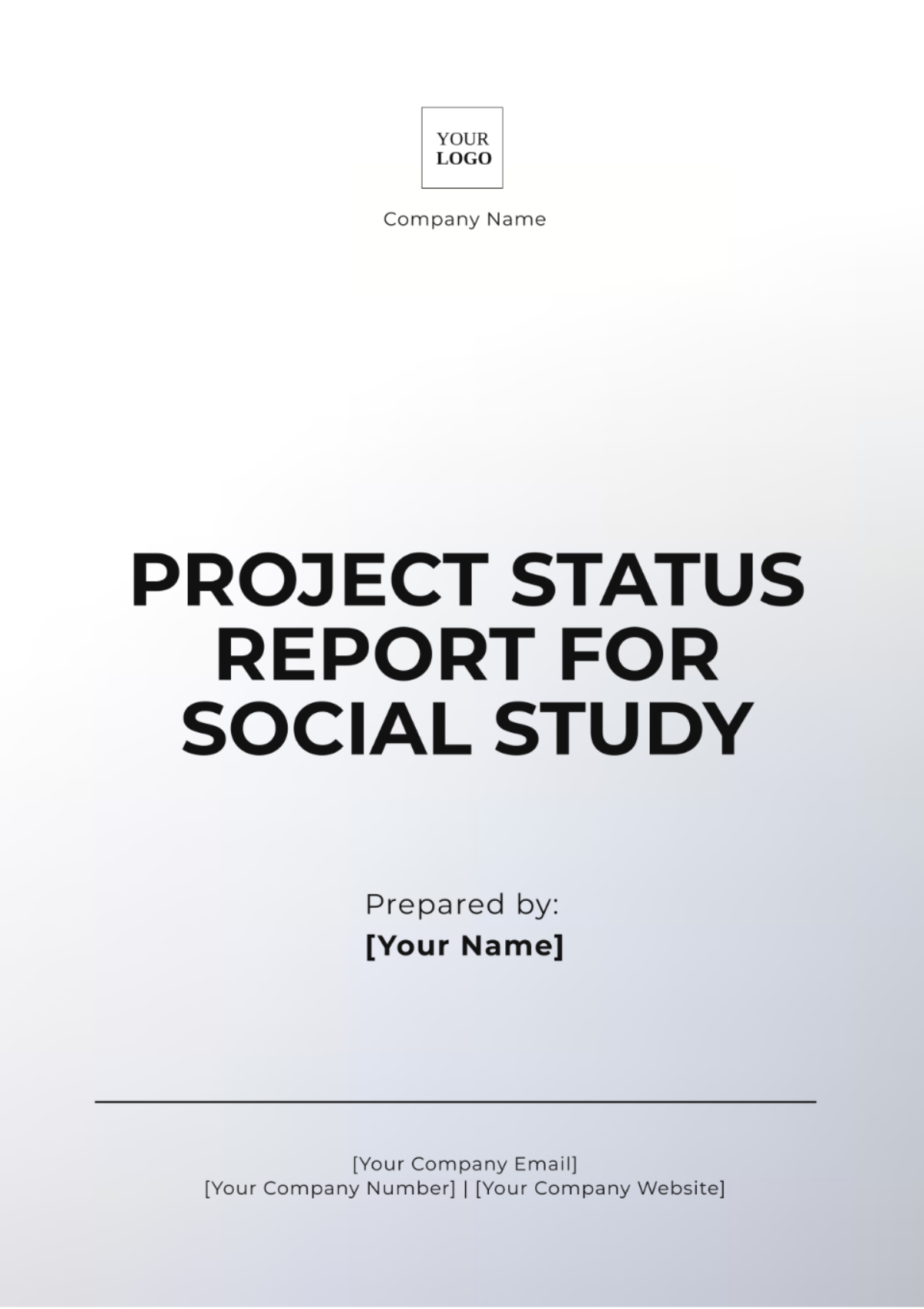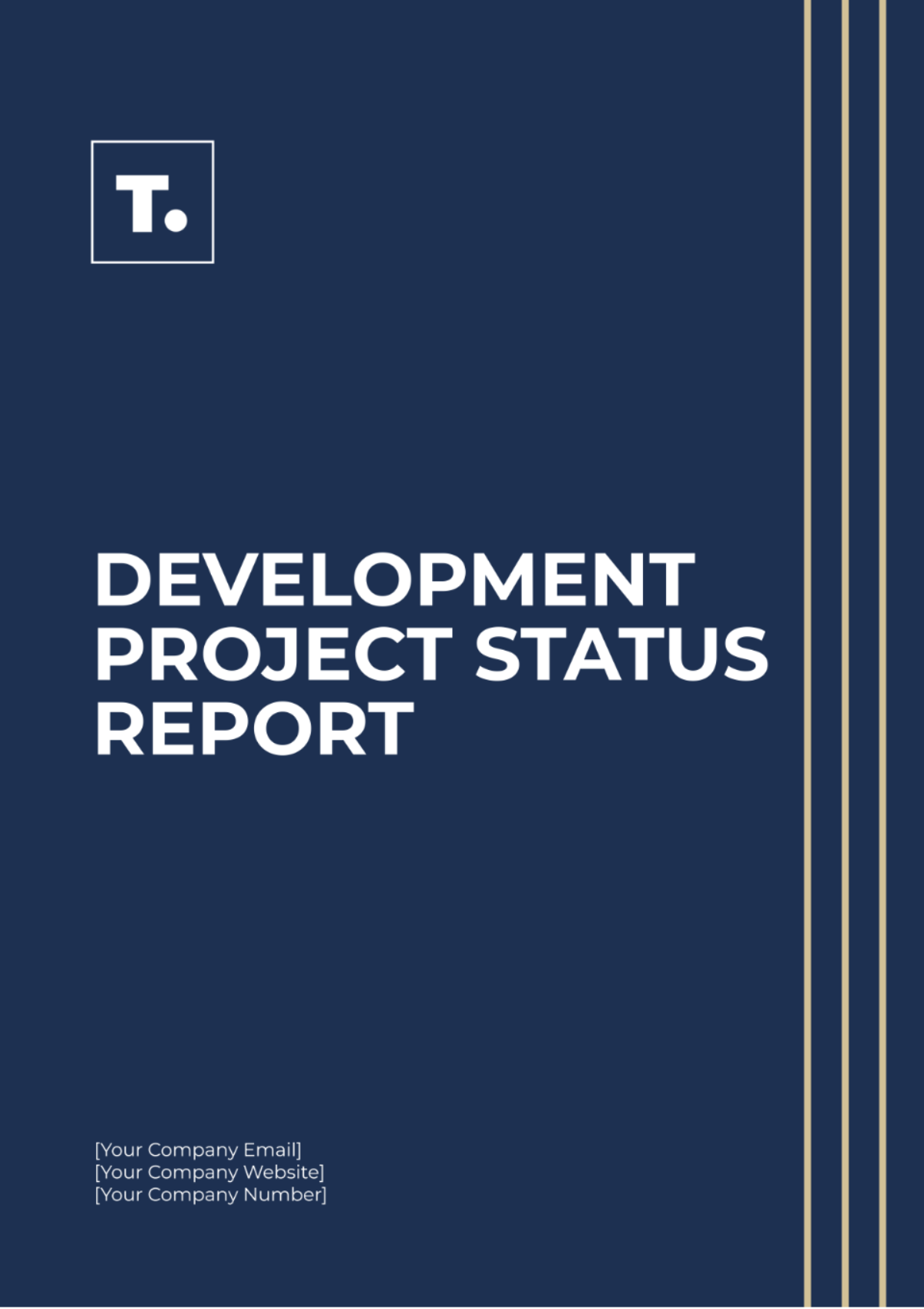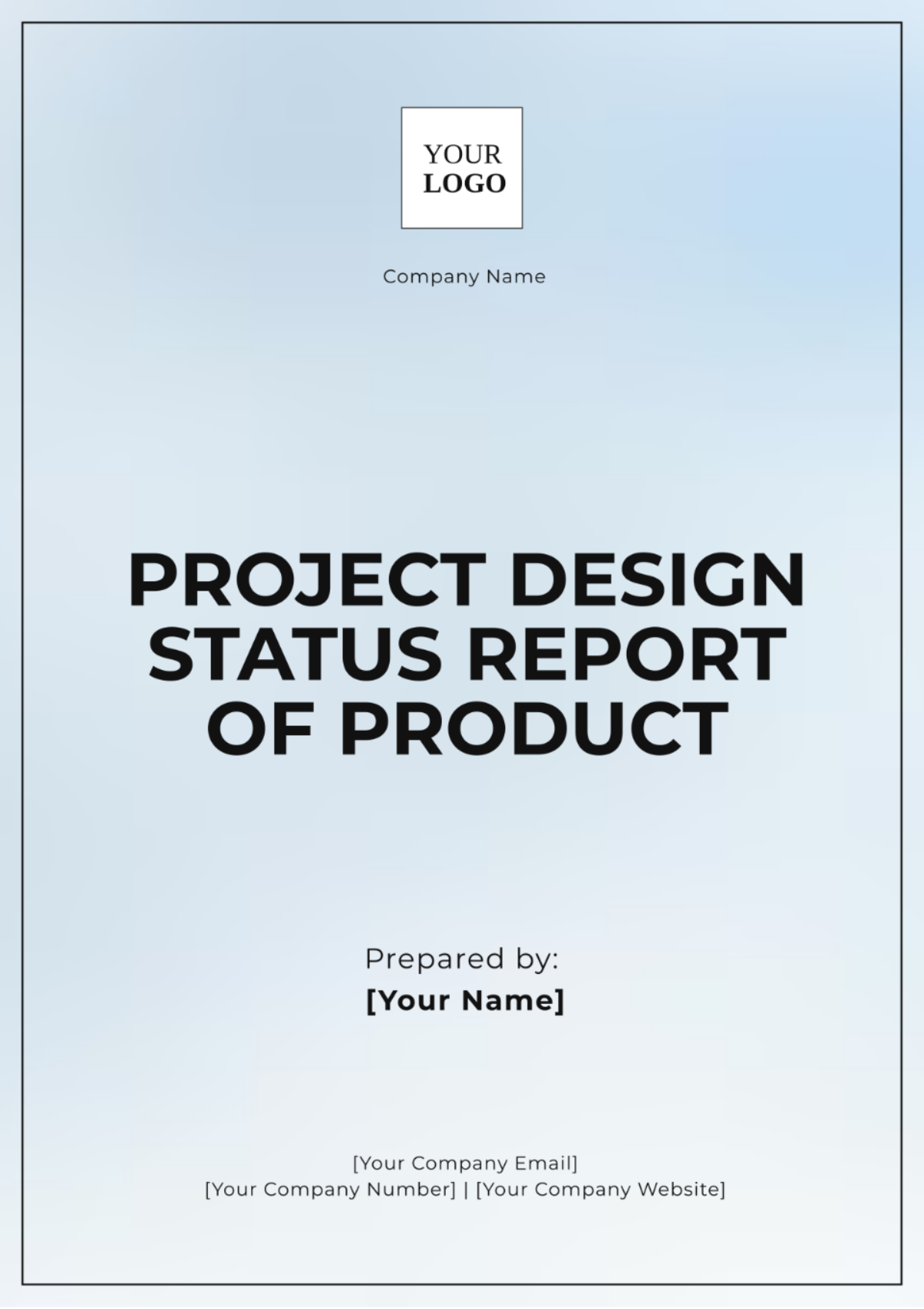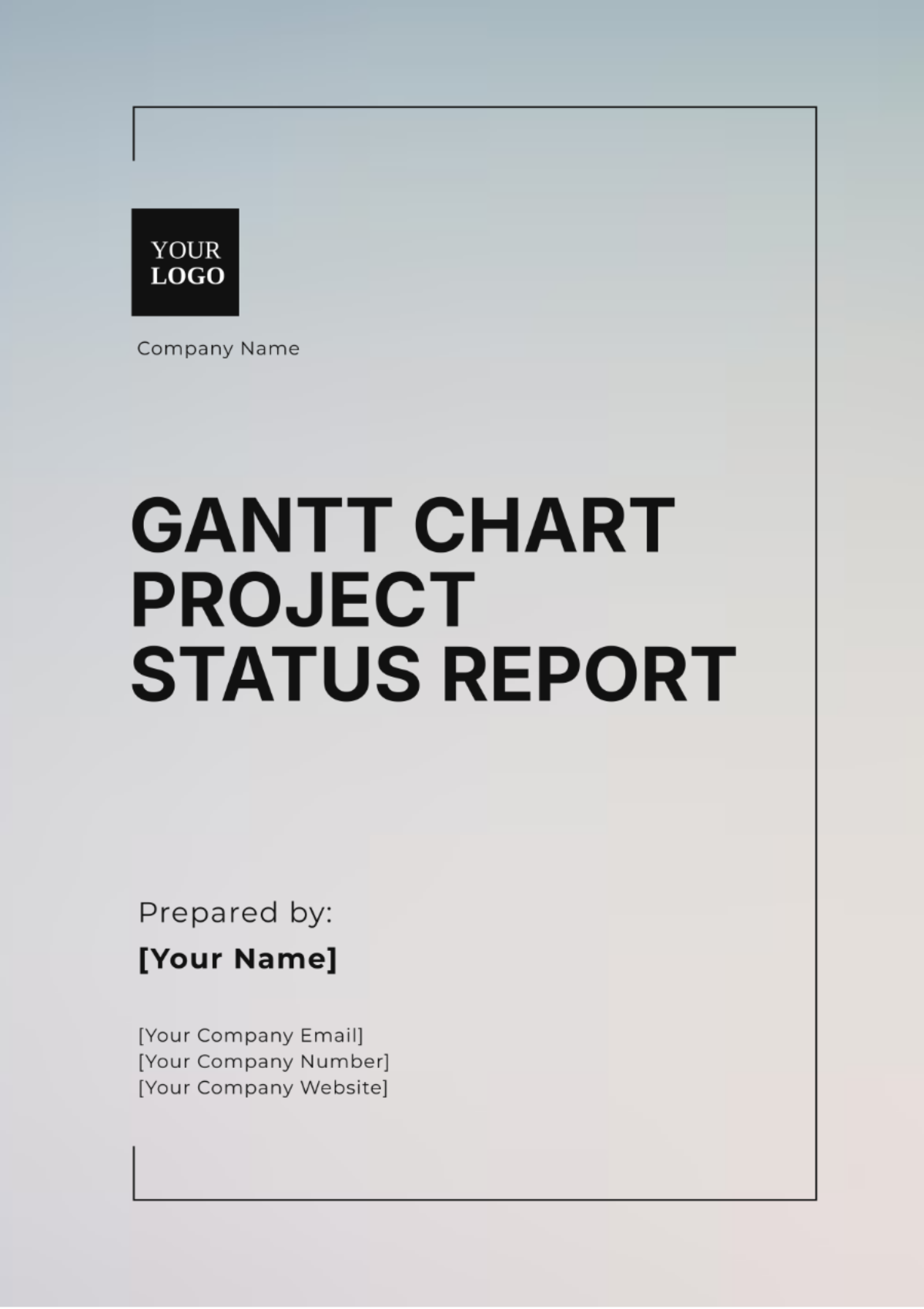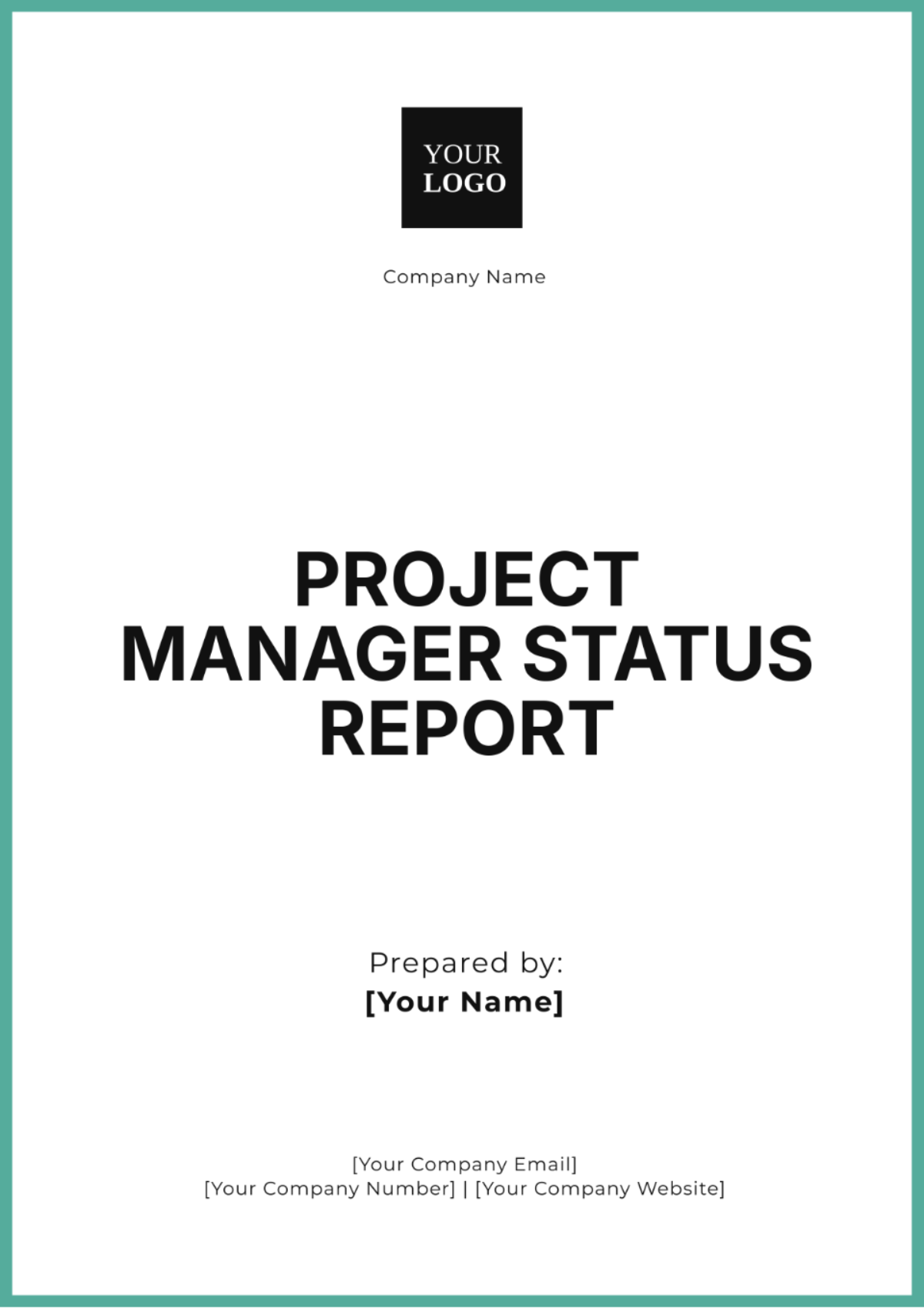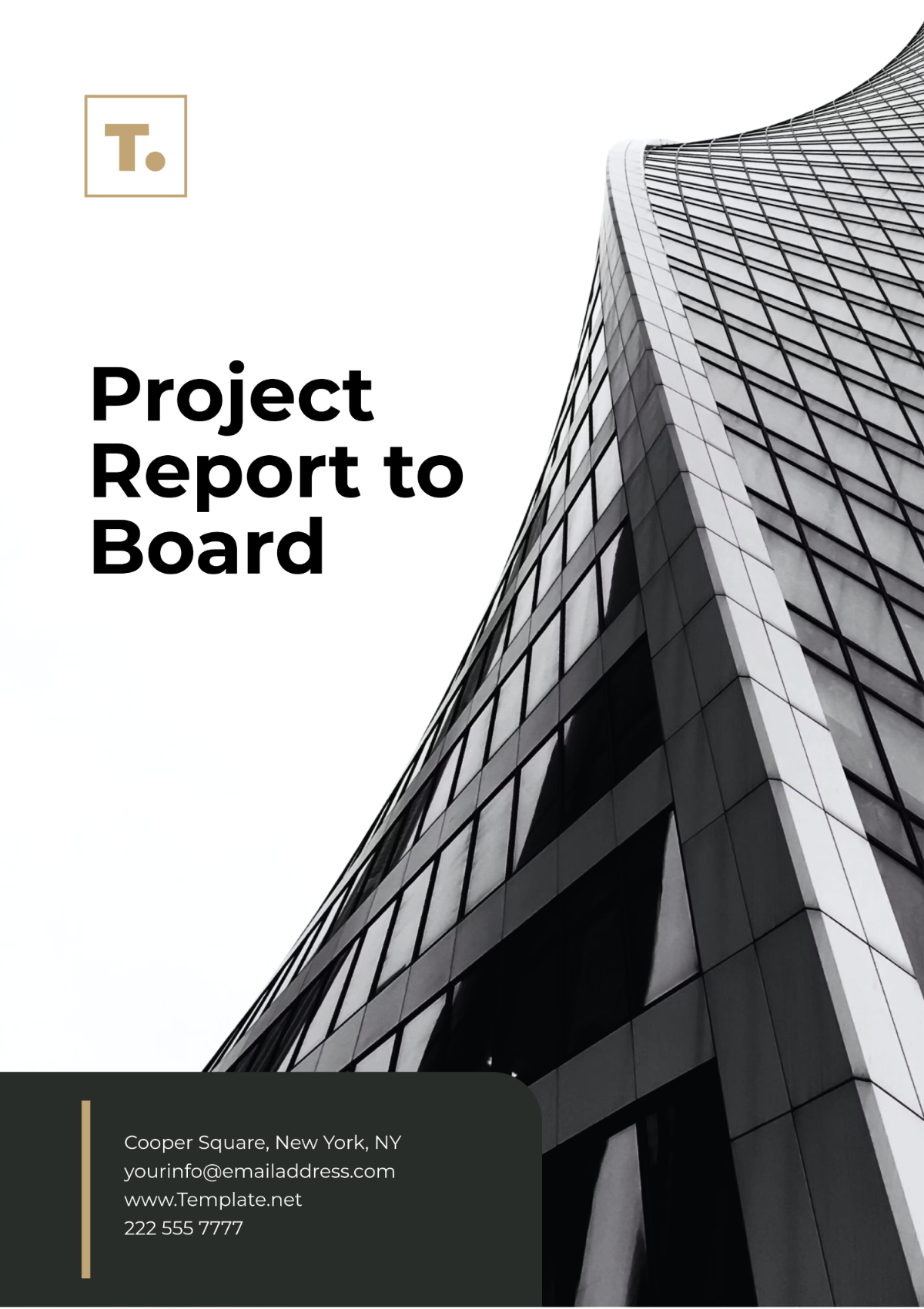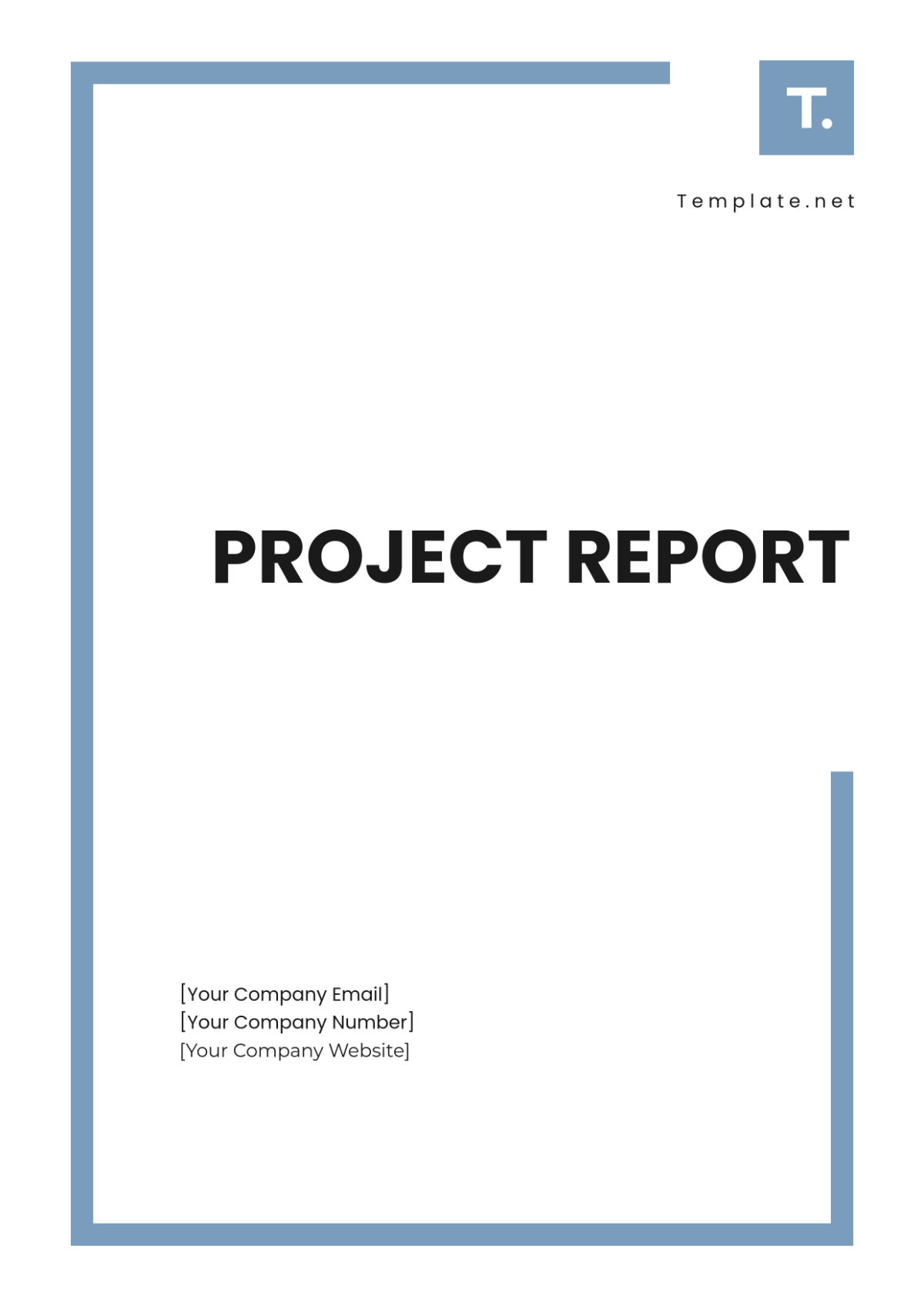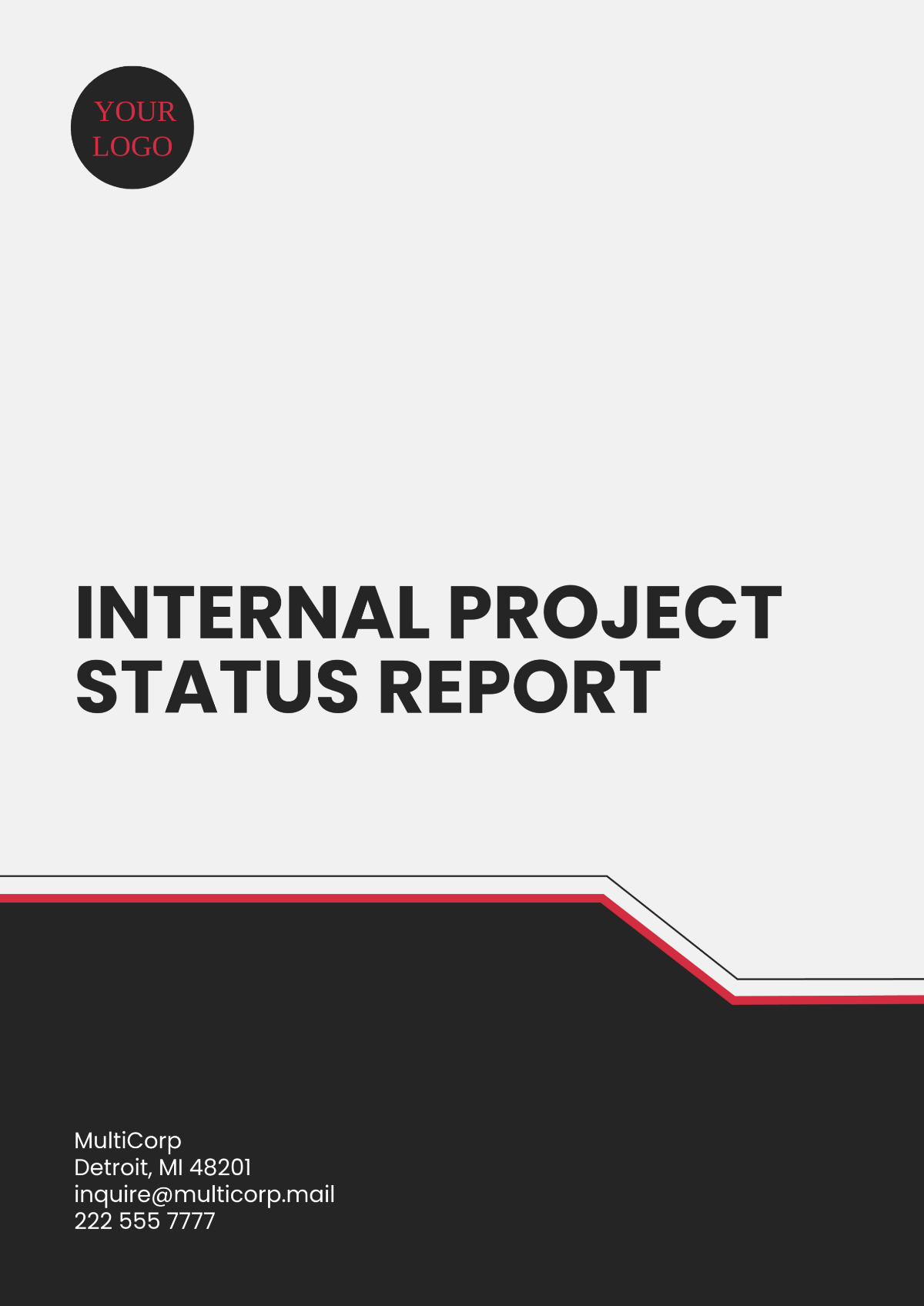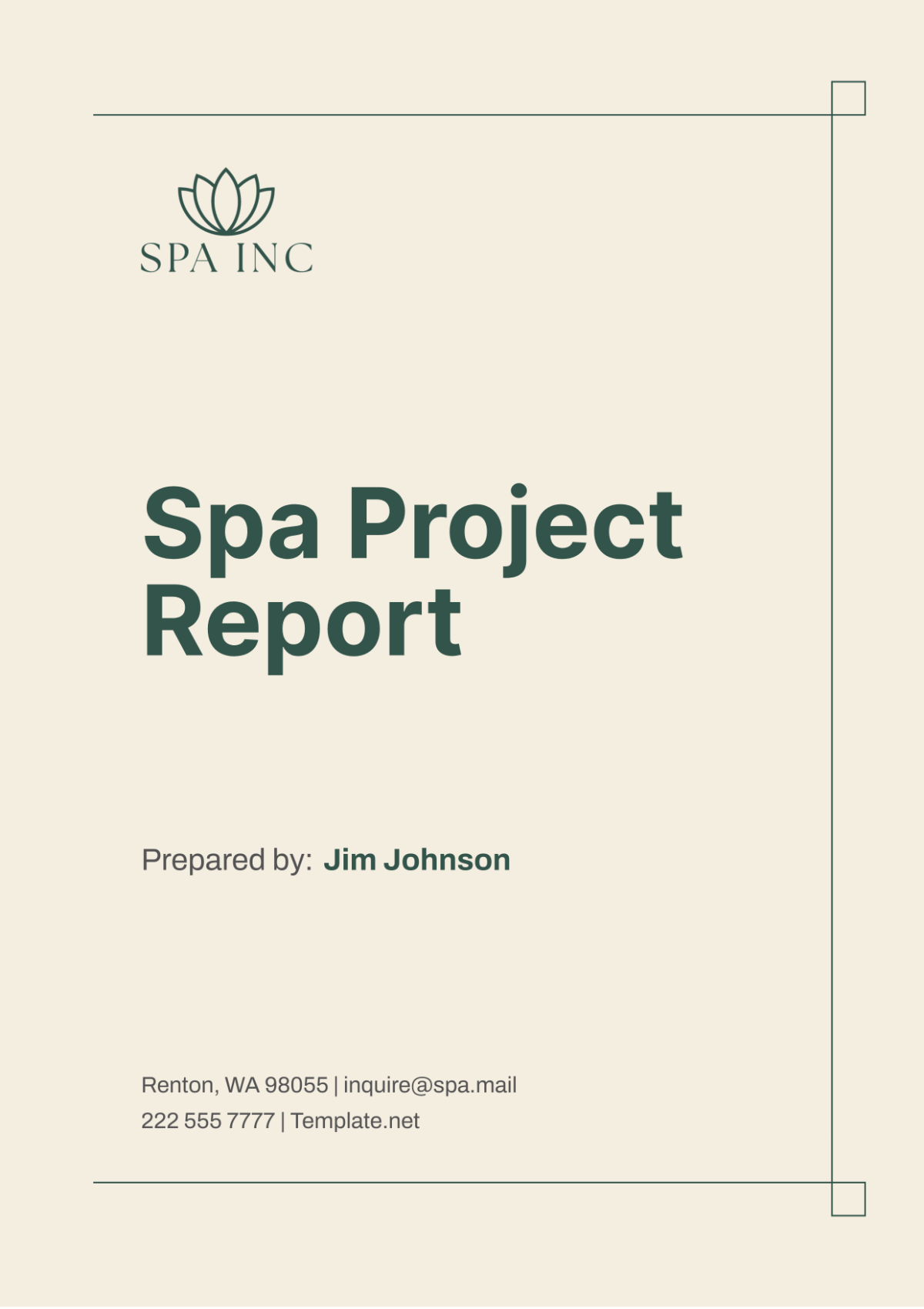Final Project Summary Report
Company: | [YOUR COMPANY NAME] | ||
Prepared by: | [YOUR NAME] | Department: | [YOUR DEPARTMENT] |
I. Introduction
The Final Project Summary Report offers a condensed yet comprehensive overview of the [REPORT DETAILS], providing stakeholders with key insights into the project's outcomes and implications. This section serves as an introduction to the report, setting the context for the detailed analysis that follows.
II. Project Overview
I. Project Information
The Project Overview section furnishes essential details regarding the project, including:
Project Name: [PROJECT NAME]
Project Duration: [PROJECT DURATION]
Project Objectives:
[OBJECTIVE 1]
[OBJECTIVE 2]
Project Scope: [PROJECT SCOPE]
This section serves as a reference point for stakeholders to understand the project's background and context.
II. Methodology
The Methodology section outlines the approach and techniques used to conduct the project, including:
Research Methods:
[RESEARCH METHOD 1]
[RESEARCH METHOD 2]
Data Collection Processes:
[DATA COLLECTION PROCESS 1]
[DATA COLLECTION PROCESS 2]
Analysis Techniques:
[ANALYSIS TECHNIQUE 1]
[ANALYSIS TECHNIQUE 2]
III. Findings
The Findings section serves as the core of the report, presenting the key results and discoveries unearthed throughout the project's lifecycle. It sheds light on critical insights, notable observations, and significant outcomes, providing stakeholders with a comprehensive understanding of the project's implications and impacts.
Key Results:
[KEY RESULT 1]: Present pivotal findings or discoveries that emerged from the project's execution, elucidating their significance and relevance to the project objectives.
[KEY RESULT 2]: Highlight additional results or revelations gleaned from the project's data analysis, providing stakeholders with valuable insights into project performance and outcomes.
Critical Insights:
[CRITICAL INSIGHT 1]: Provide insightful observations or trends identified during the project, offering stakeholders a nuanced understanding of the factors influencing project dynamics and outcomes.
[CRITICAL INSIGHT 2]: Expand upon any unexpected or unforeseen findings encountered during the project, addressing their implications and potential impact on future project initiatives.
Implications and Impacts:
[IMPLICATION/IMPACT 1]: Discuss the implications of the findings on the project's objectives, stakeholders, and broader organizational goals, highlighting their significance in driving future actions and decisions.
[IMPLICATION/IMPACT 2]: Analyze the broader impacts of the project's outcomes on relevant stakeholders, industries, or communities, emphasizing their potential to drive positive change or address critical challenges.
The Findings section provides stakeholders with a comprehensive overview of the project's outcomes and impacts, empowering them to make informed decisions and strategic choices based on the insights gleaned from the project's findings and discoveries.
IV. Analysis
The Analysis section constitutes a detailed examination of the findings unveiled in the previous section, delving deeper into the trends, patterns, and correlations identified throughout the project. This section aims to provide stakeholders with a comprehensive understanding of the underlying factors shaping project dynamics and outcomes.
Trend Analysis:
[TREND 1]: Analyze prominent trends observed within the project data, identifying recurring patterns or developments over time and their implications for project performance.
[TREND 2]: Explore additional trends or shifts detected through data analysis, elucidating their significance in understanding project dynamics and forecasting future trajectories.
Pattern Identification:
[PATTERN 1]: Identify notable patterns or relationships evident within the project data, such as dependencies, associations, or recurring phenomena, and assess their impact on project outcomes.
[PATTERN 2]: Discuss additional patterns or correlations discovered during the analysis process, highlighting their relevance in uncovering underlying project dynamics and informing decision-making.
Correlation Assessment:
[CORRELATION 1]: Assess correlations between different variables or factors within the project data, examining their strength, direction, and implications for project performance and outcomes.
[CORRELATION 2]: Explore additional correlations or relationships identified during the analysis, providing stakeholders with insights into the interconnectedness of various project elements and their influence on project dynamics.
The analysis section of the report provides stakeholders crucial insight into project outcomes and performance, informing strategic decisions and future initiatives.
V. Recommendations
The Recommendations section provides stakeholders with actionable suggestions and advice derived from the findings and analysis of the project. It serves as a guide for enhancing project outcomes and mitigating potential risks in future endeavors.
Actionable Suggestions:
[SUGGESTION 1]: Offer specific recommendations for improving project processes, workflows, or methodologies based on the insights gleaned from the analysis.
[SUGGESTION 2]: Provide actionable steps for addressing identified challenges or areas for improvement, outlining practical strategies for implementation.
Risk Mitigation Strategies:
[STRATEGY 1]: Propose proactive measures for mitigating potential risks identified during the project, including contingency plans, risk management protocols, or preventive actions.
[STRATEGY 2]: Outline strategies for enhancing resilience and adaptability to unforeseen challenges, ensuring the project remains on track despite external disruptions.
Lessons Learned:
[LESSON 1]: Share key learnings and insights gained from the project experience, highlighting valuable takeaways that can inform future project planning and execution.
[LESSON 2]: Reflect on past experiences and successes to identify best practices and areas for improvement, fostering a culture of continuous learning and innovation within the organization.
The Recommendations section offers strategic and practical advice for stakeholders to improve project results and reduce risks, using insights and lessons from current projects to boost future performance and success.
VI. Conclusion
In conclusion, the Final Project Summary Report encapsulates the essence of the project, providing stakeholders with a succinct yet insightful overview of the [REPORT DETAILS]. It serves as a valuable resource for decision-making and future planning initiatives.

